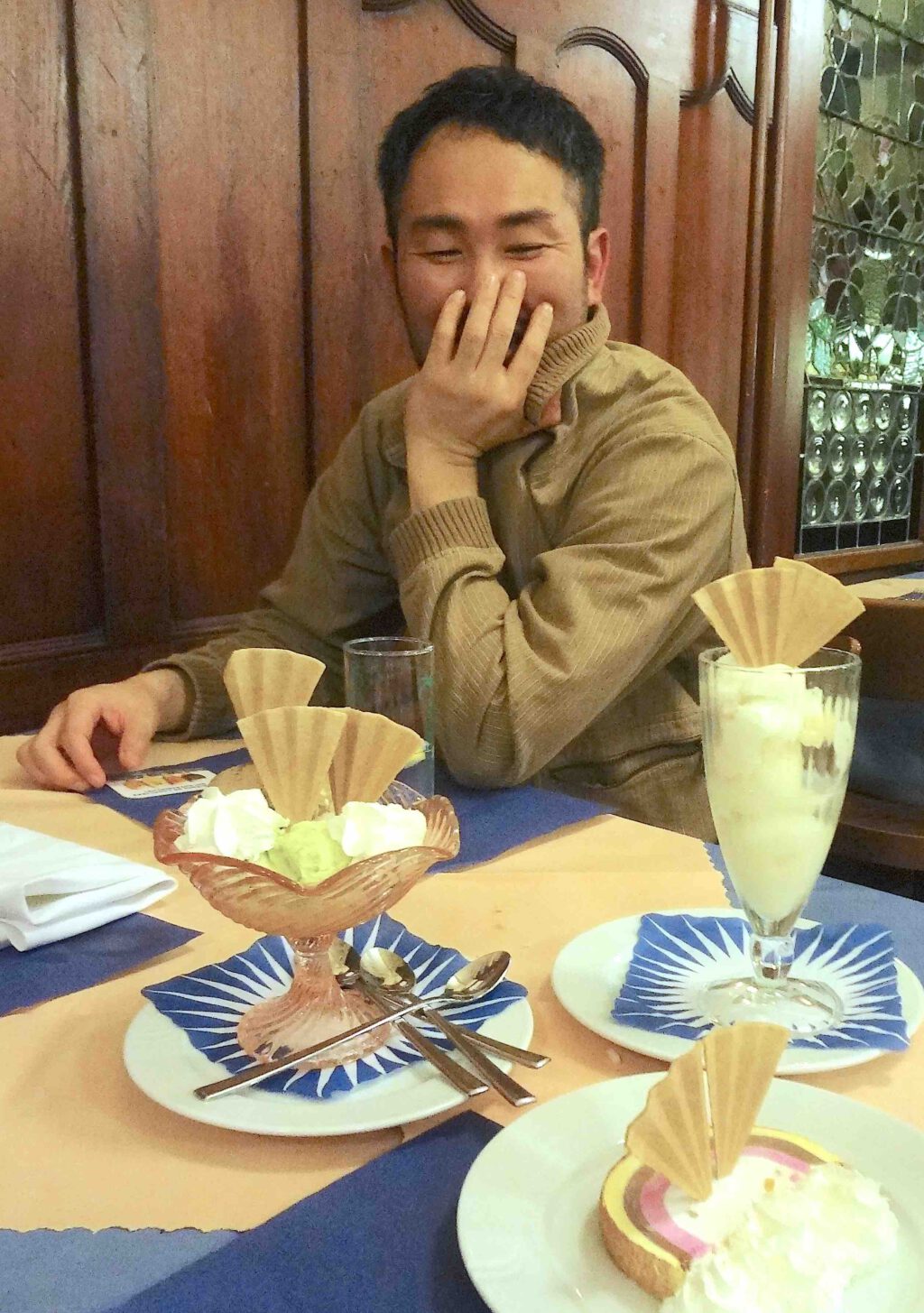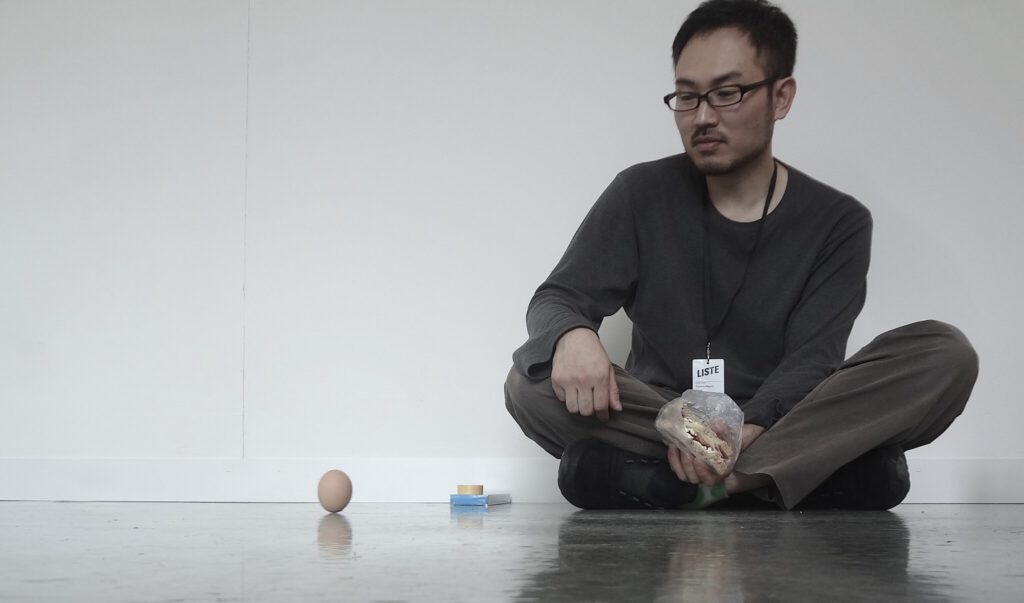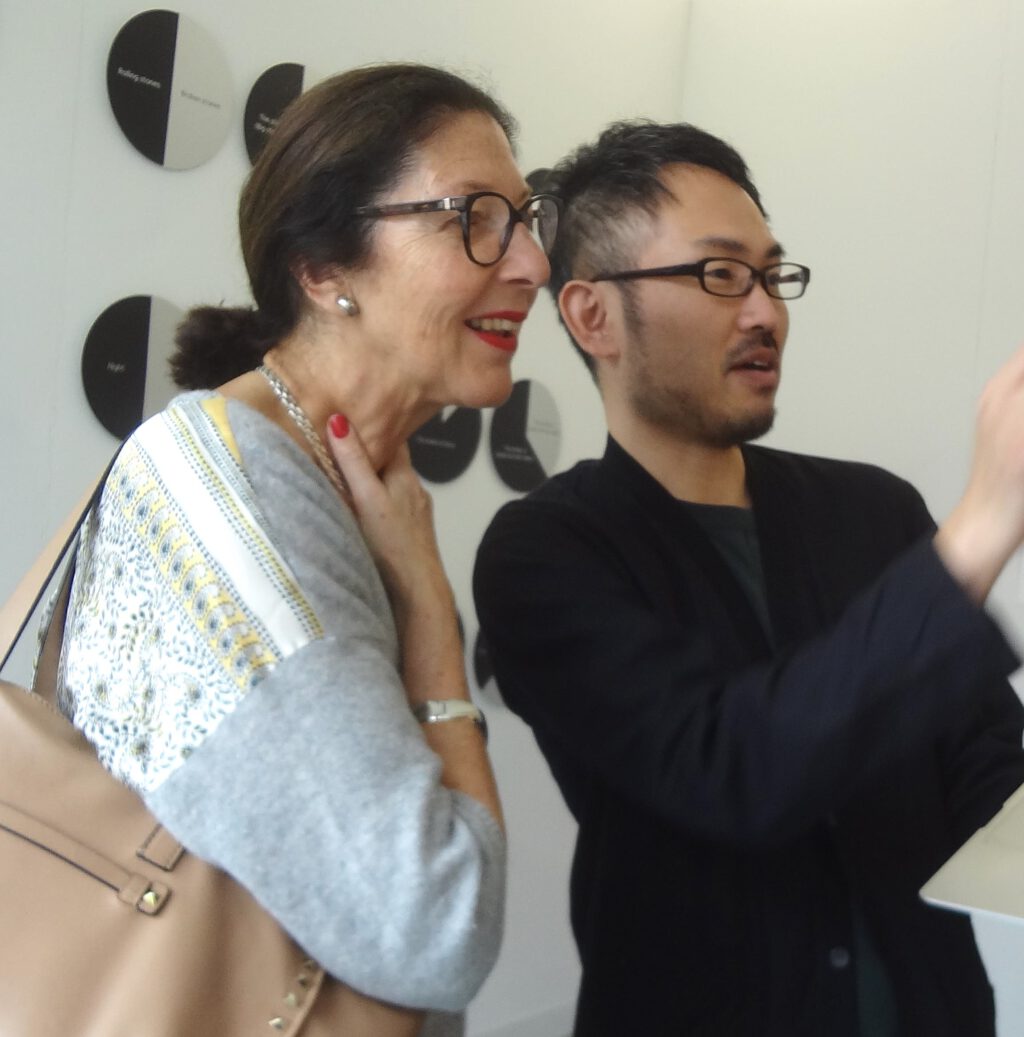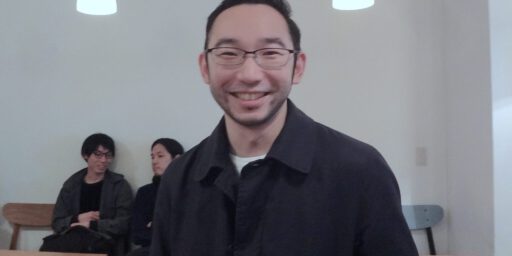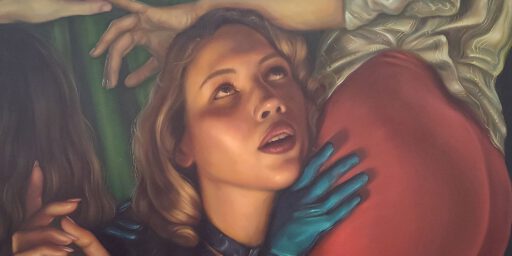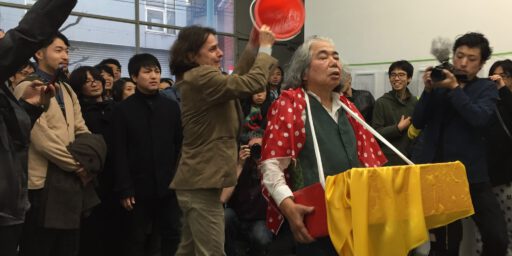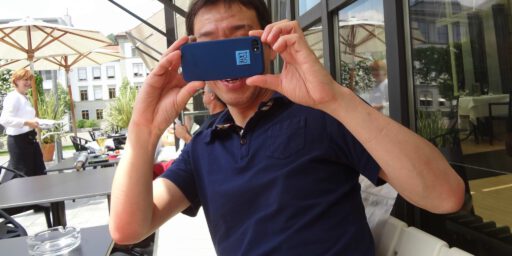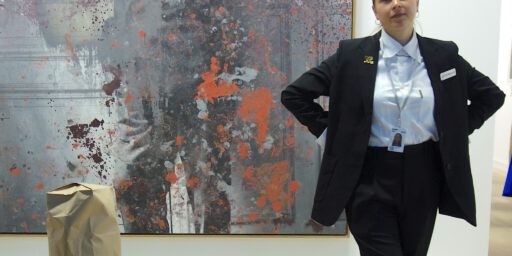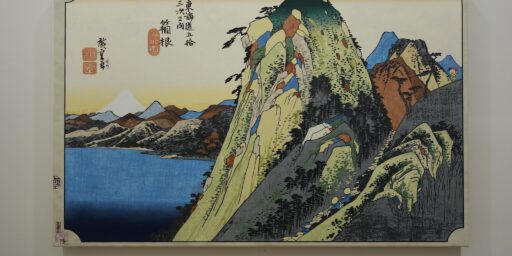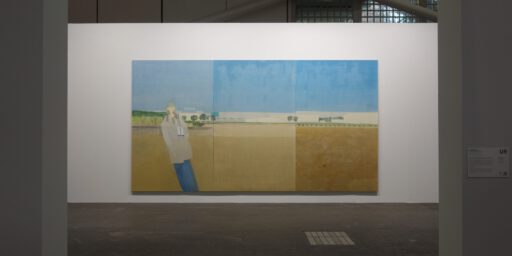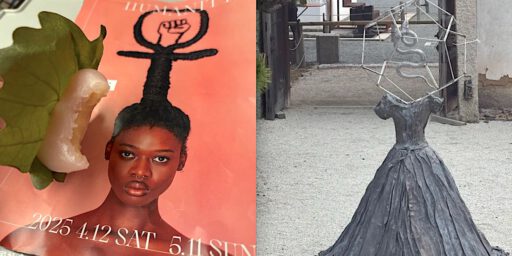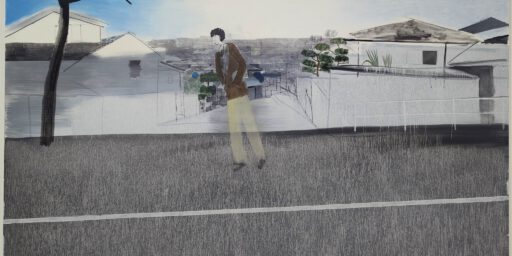Celebrated, outstanding, endogenous artist HASHIMOTO Satoshi @ AOYAMA MEGURO, Tokyo HASHIMOTO Satoshi 橋本聡『なくなる』"Be Gone" @ 青山|目黒 AOYAMA | MEGURO
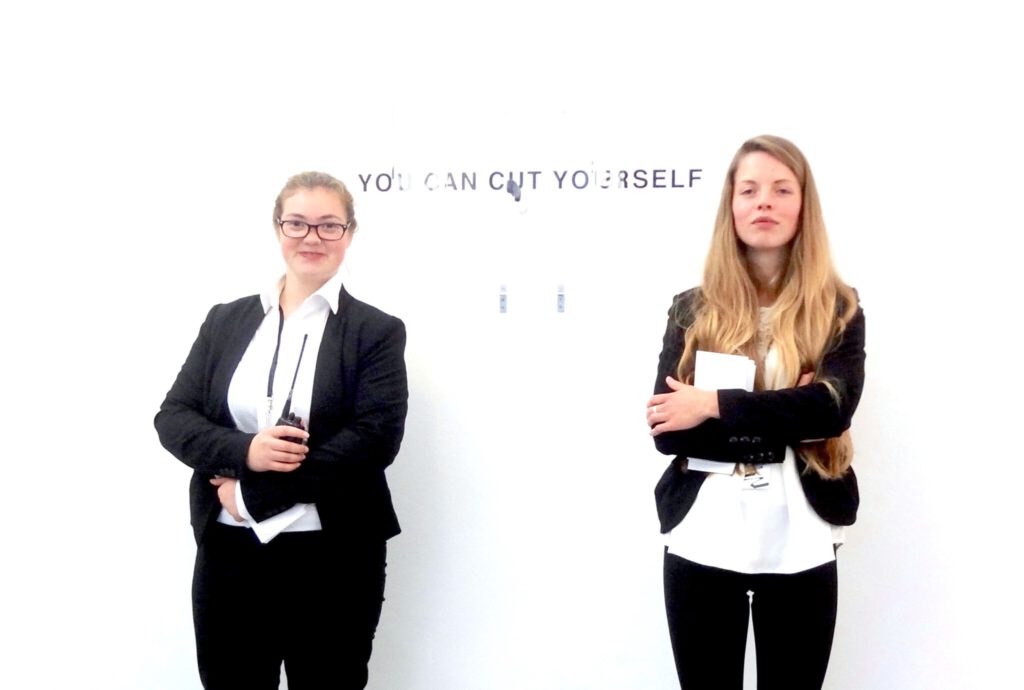
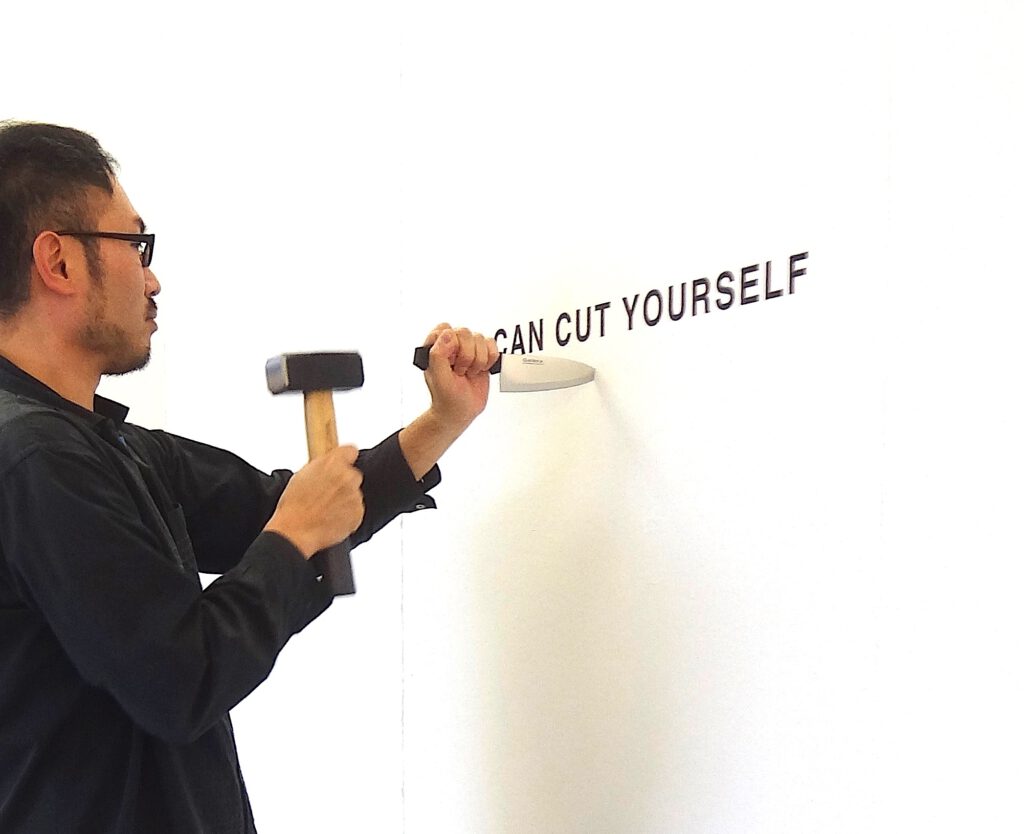

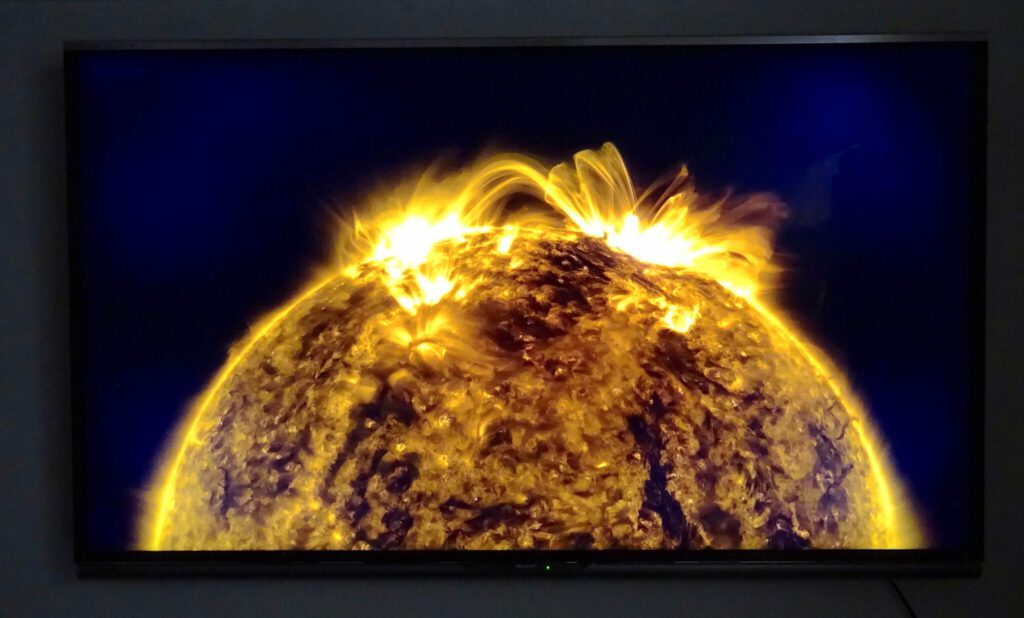

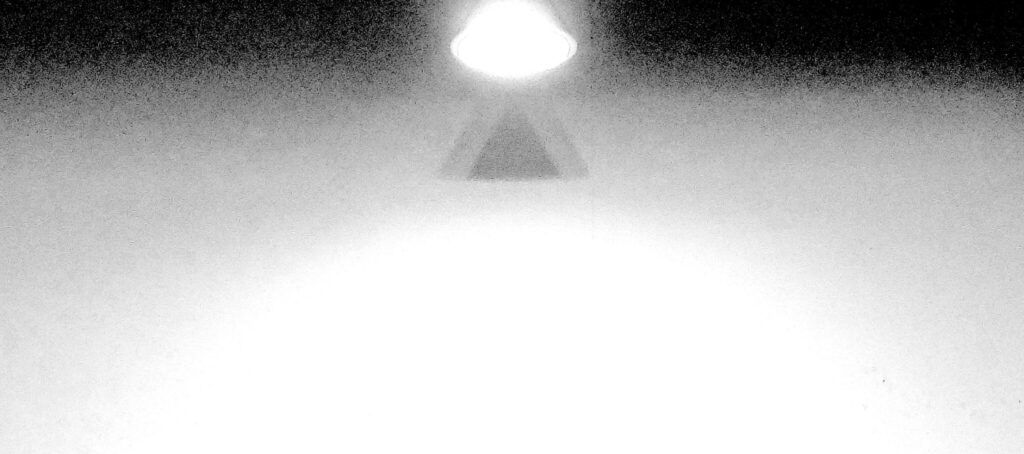
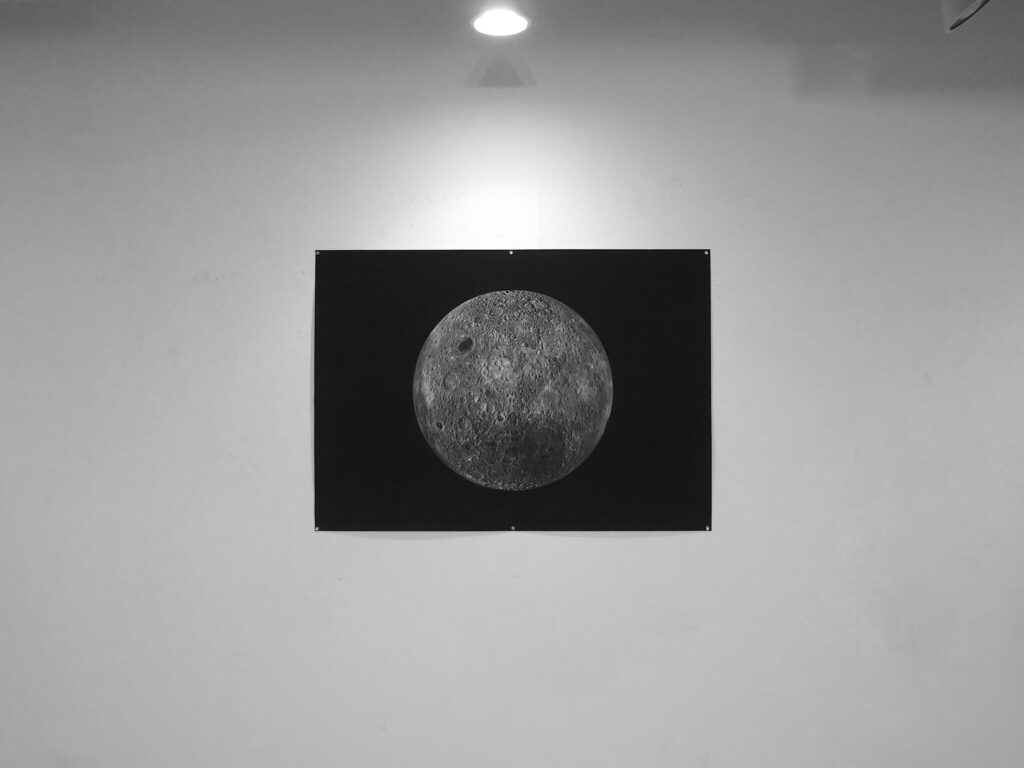
There is no dark side of the moon really.
As a matter of fact it’s all dark.
All you create
All you destroy
All that you do
All that you say.
All that you eat
everyone you meet
All that you slight
everyone you fight.
All that is now
All that is gone
All that’s to come
and everything under the sun is in tune
but the sun is eclipsed by the moon.


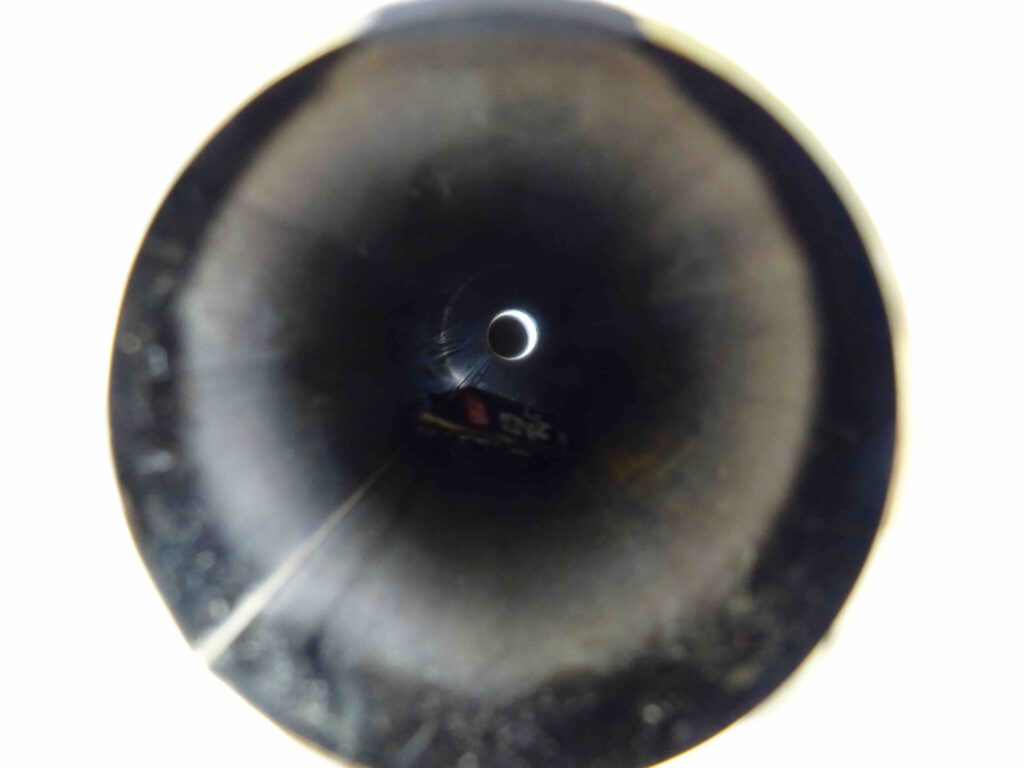
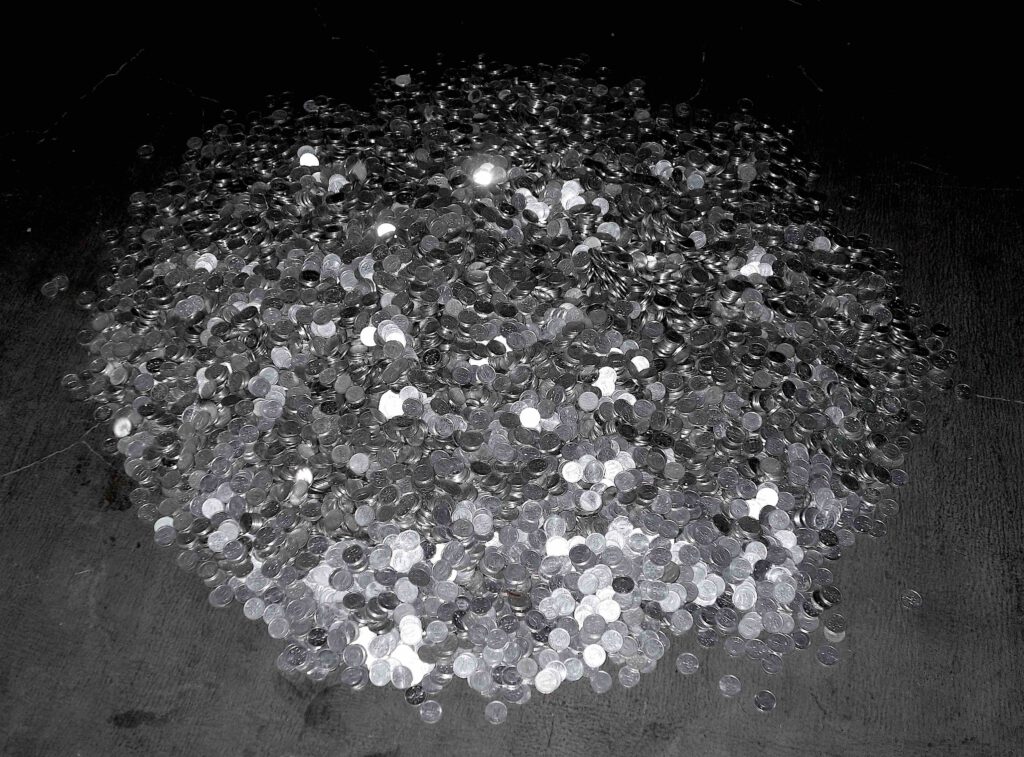
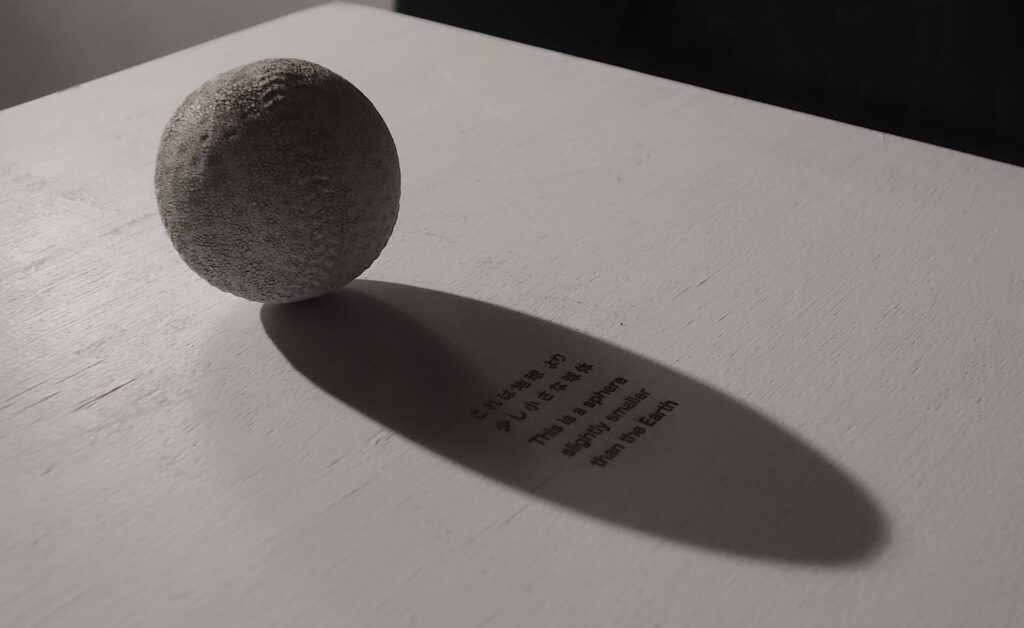
Celebrated artist HASHIMOTO Satoshi 橋本聡 did it again. The actual solo exhibition, titled “Be Gone”『なくなる』at AOYAMA | MEGURO 青山|目黒 underscores his outstanding status as one of Japan’s most exciting and engaging artists.

Every time we contemplate or participate head-on in his instructive work, we are reminded of the universal realm of the kind of inspiration Hashimoto is trying to bring to us. It stimulates our brains and enhances our cognitive, intellectual and emotional potential.
At times, we discover suggestions on educational issues, at other times we laugh at the advice to stop watching Japanese television or stop playing video games. At other occasions we are forced to do things we would never normally do, and feel insecure/uncertain how to react. Often, lunatic-wise instructions cause our soul and brain to unconsciously react in ways that are outside the “norm” / “common sense”. All because of Japanese artist ONO Yoko who revolutionised artistic practice in the global art world. Her “GRAPEFRUIT instructions” had far-reaching implications for every, seriously practicing, contemporary artist. The notion of radical breaks with traditional painters or sculptors by Ono captures what is often thought of as “thinking and acting outside of the white cube”, and reframing utopian “problems” to find new and unique solutions for realists, philosophers, visionaries, activists and day-dreamers.
Another person of extremely important relevance is Serbian conceptual artist and performer Marina Abramović. The risk-taking actions by her may have influenced Hashimoto, giving him a Christian-related ‘Absolution’, so to speak. To do whatever he likes to do, art for art’s SAKE. On the other side, Hashimoto’s interactive performative character injects a welcome communication-tool with other exhibition visitors, too, bringing much pleasure and enjoyment.
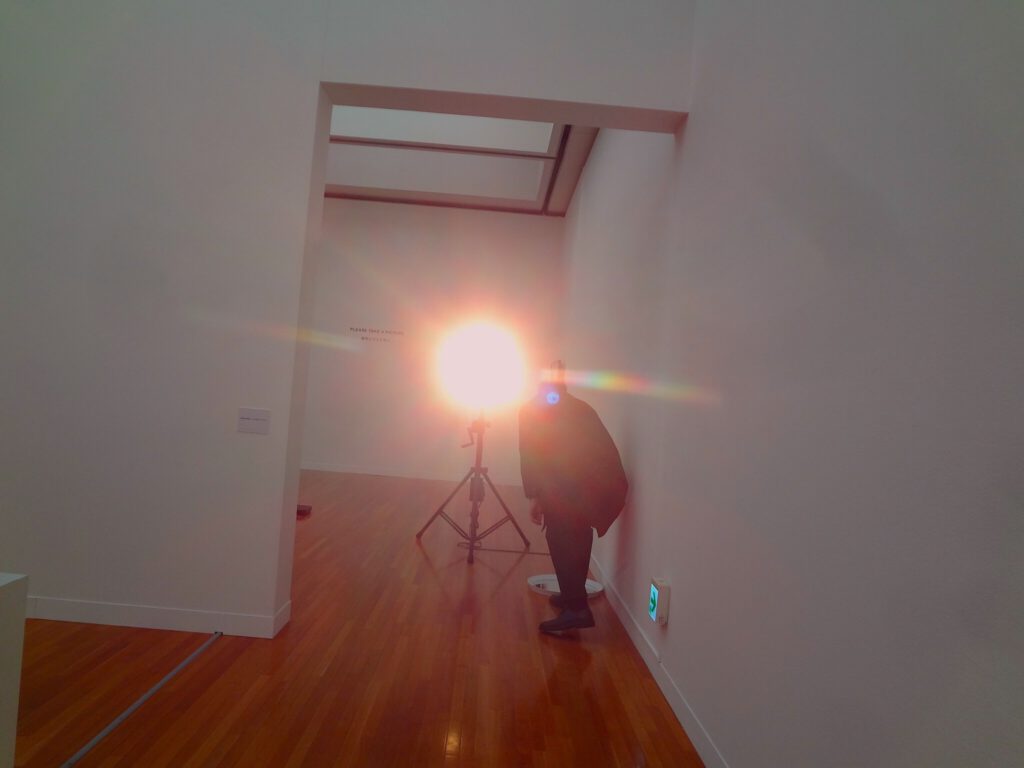


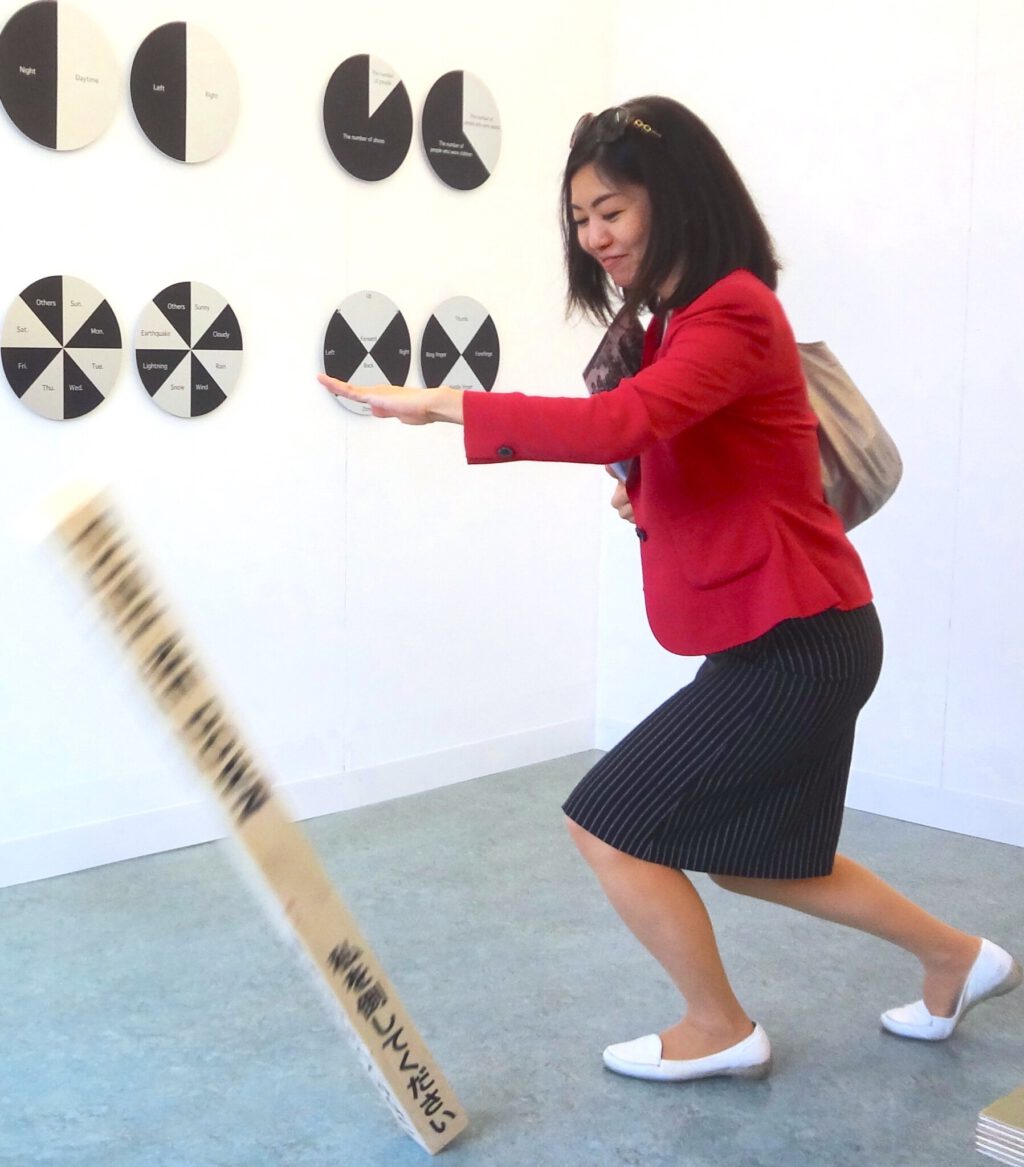
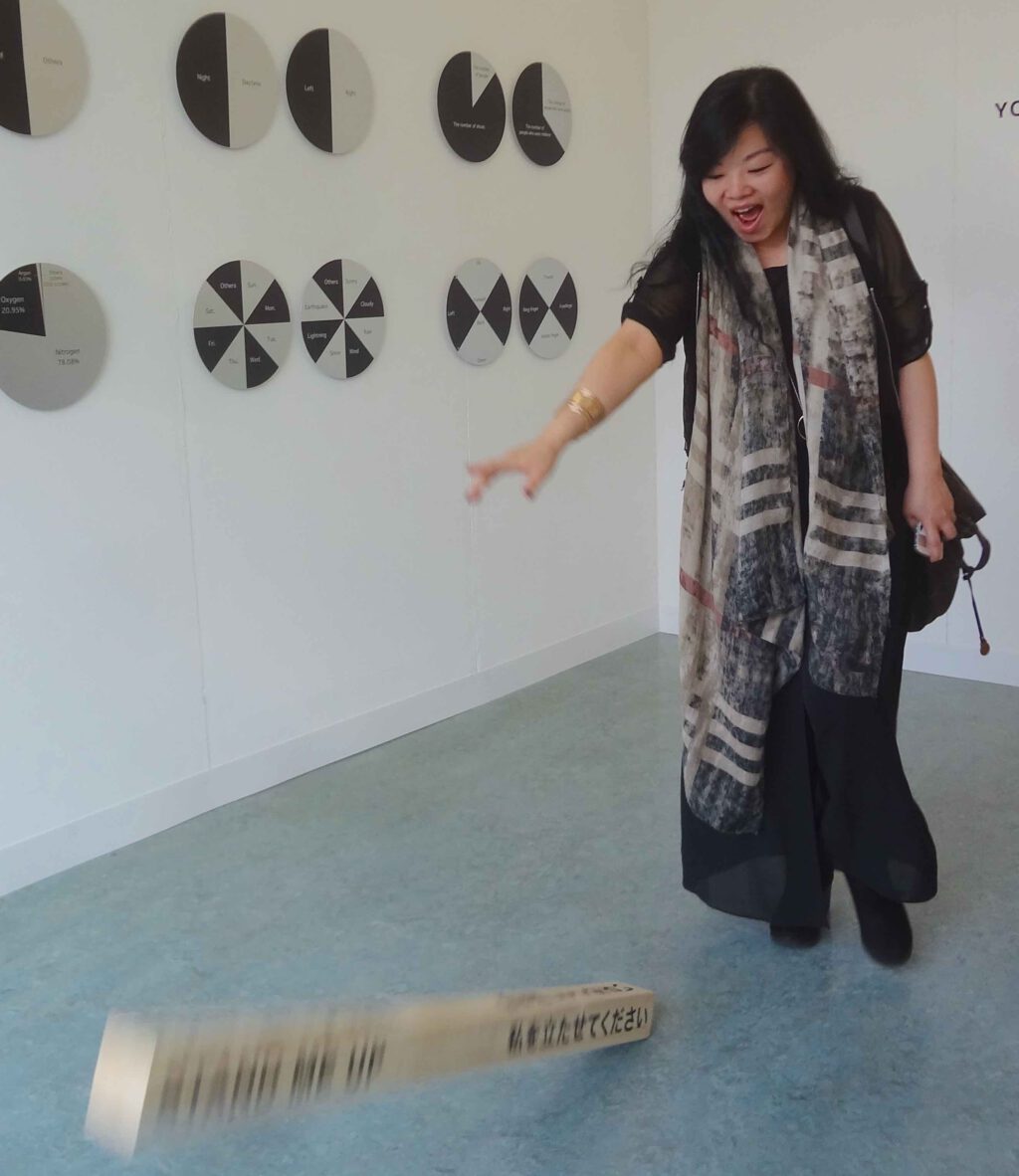
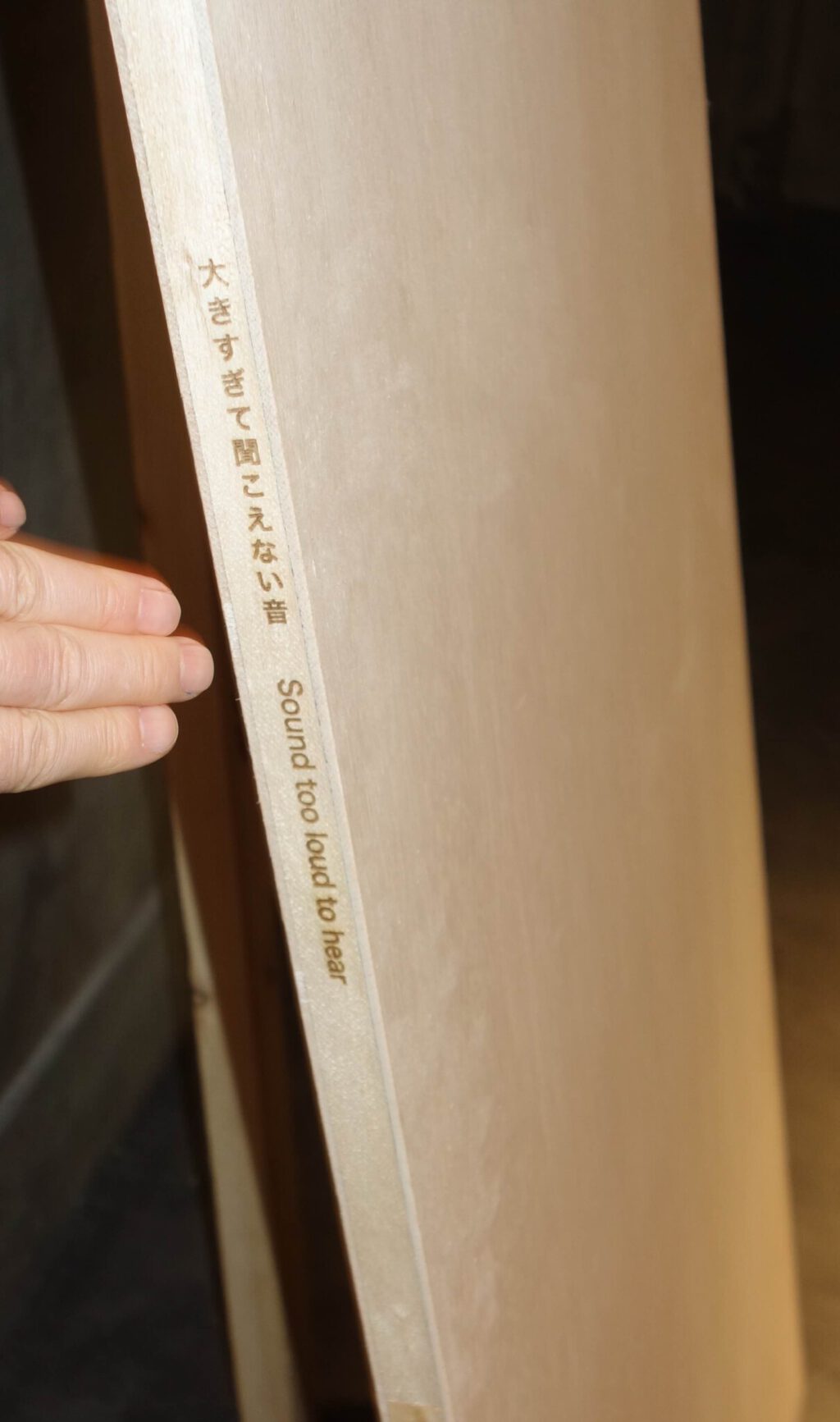

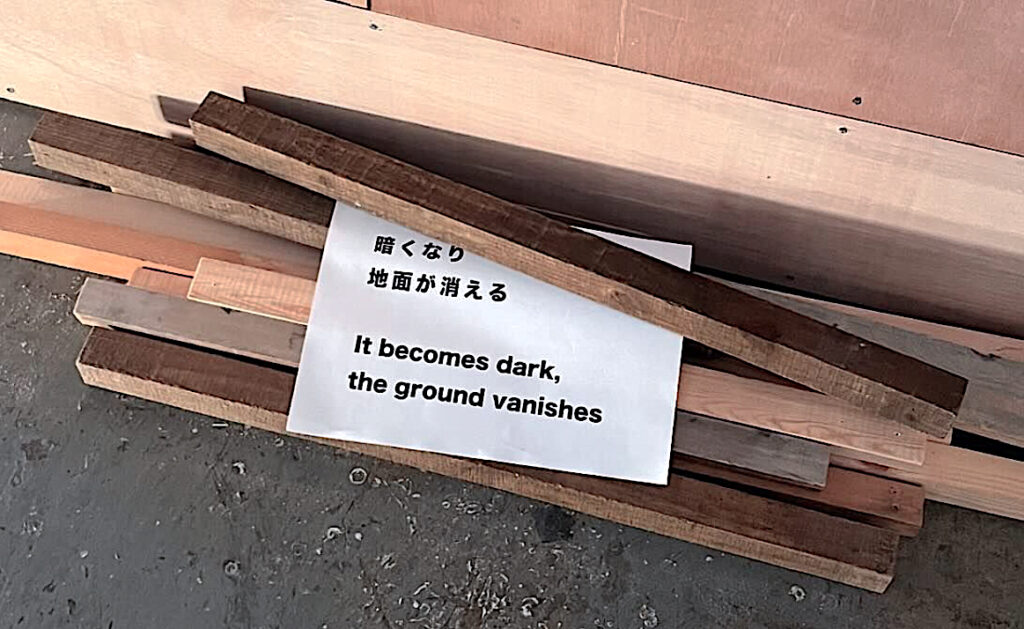

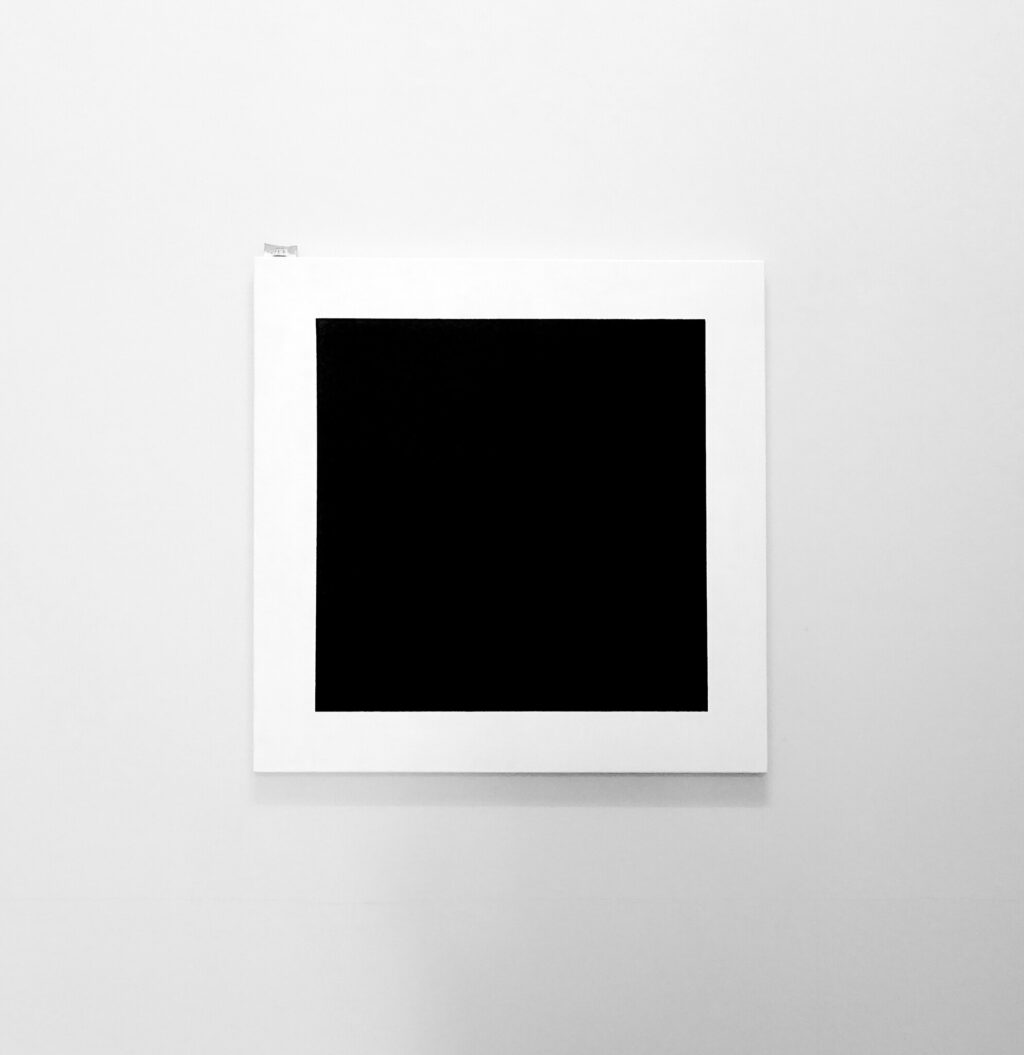
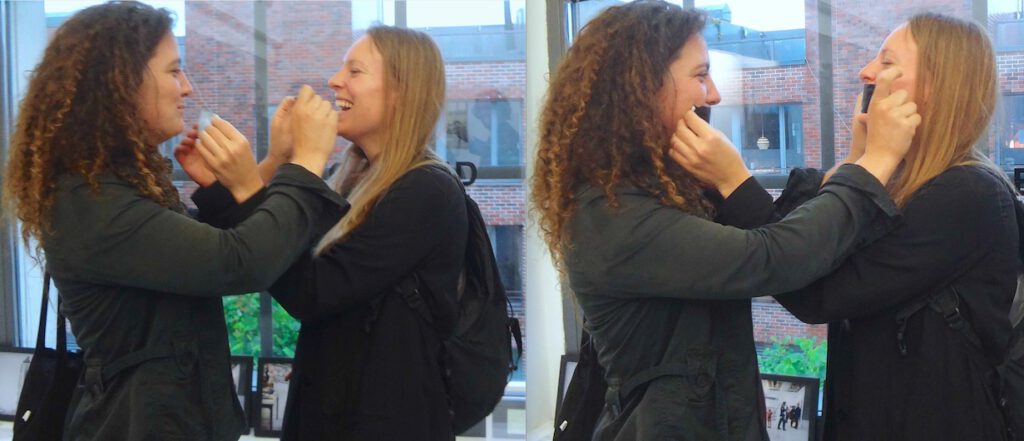

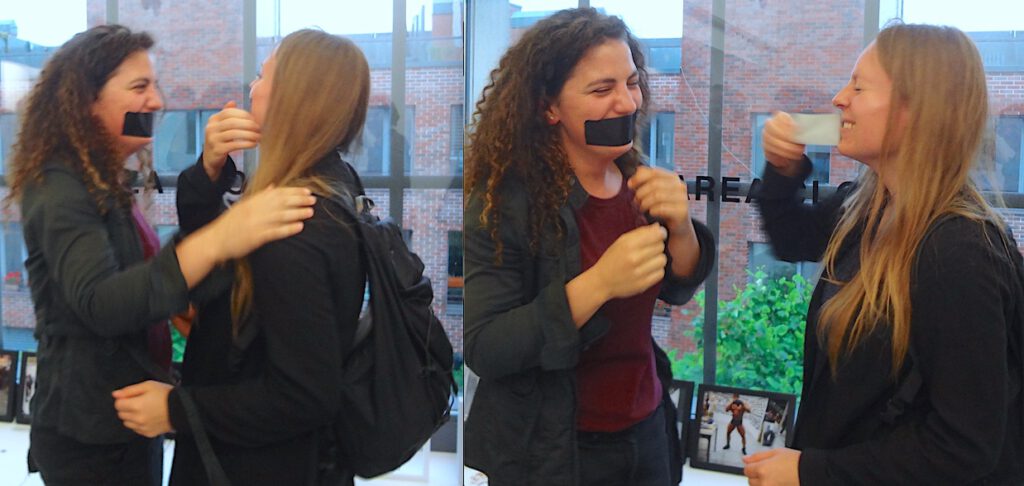
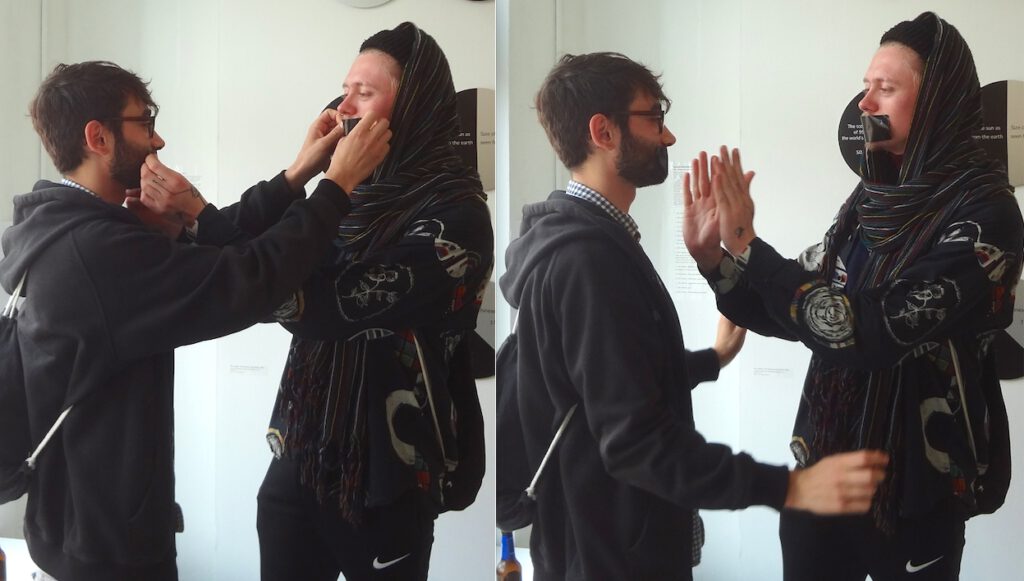
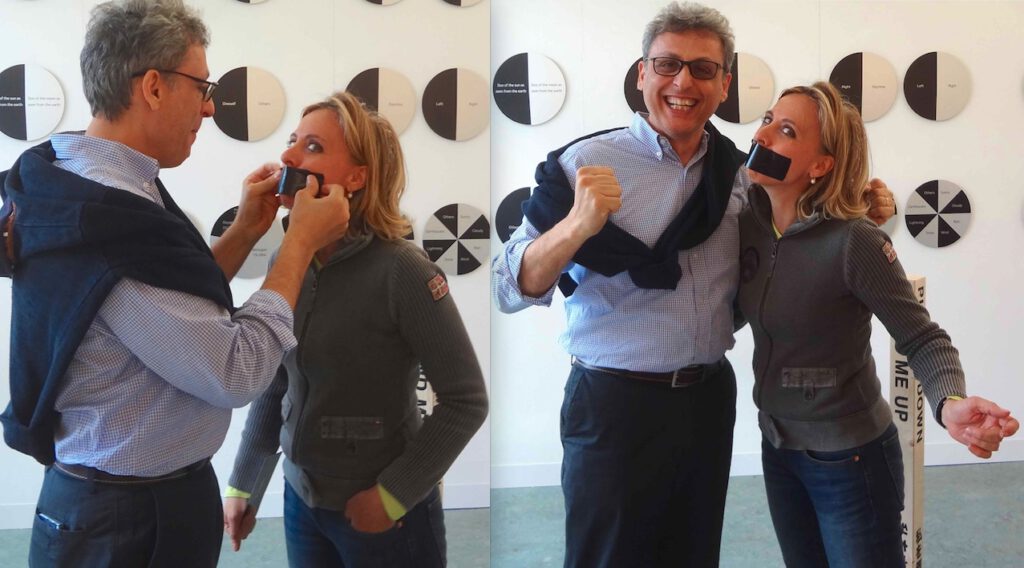
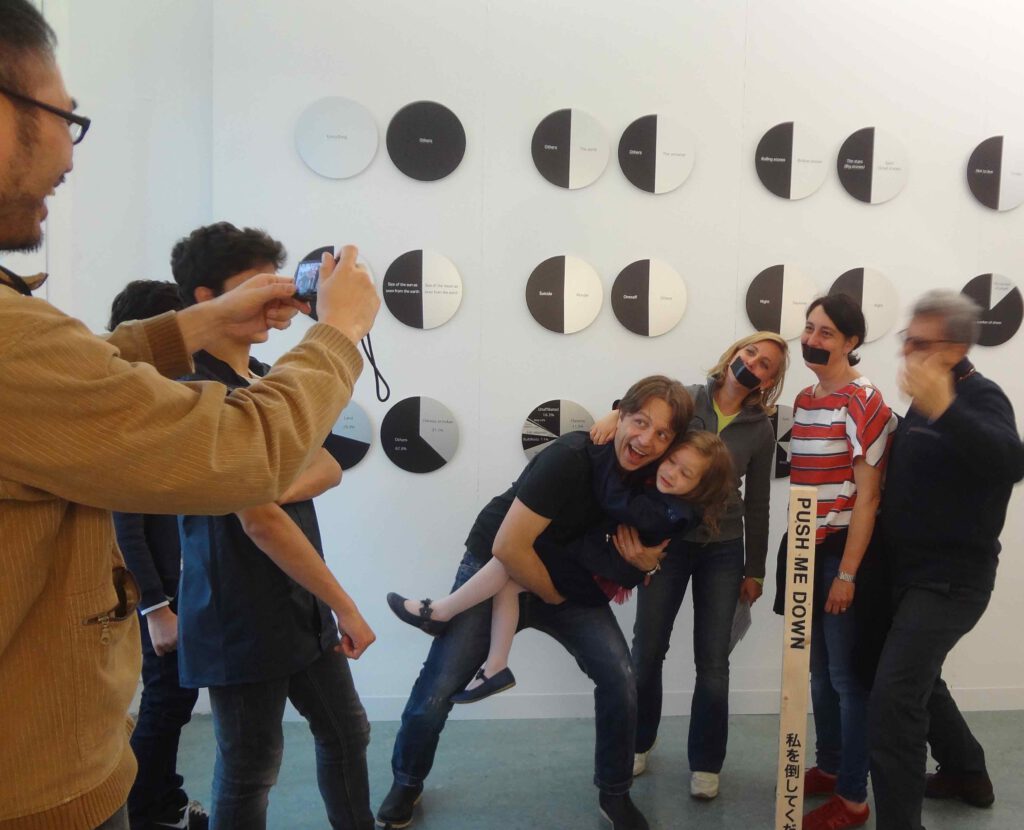
Hashimoto asks himself, what am I in this vast universe? Is there a pure view of art – free of socio-politics?
In our times, which are strongly characterised by questions of identity politics, especially with regard to Taiwan, Ukraine or Palestine, we also look for answers in art. But can art solve the problems of humanity? Could ‘something arty’ have prevented fatal Trump’s quasi-assassination?
Hardly. The “ordinary” citizen is specifically interested in nationality, ethnicity, skin colour, racial identity, politics, economics, job-security, social welfare, health insurance, sex, music, food, TV and not art.
Whether the religious identity politics in Islam or in Japan with its Shinto-Religion, whether the ethnic-cultural identity for Okinawa-people and its claim to ownership by China, whether universalism can provide an answer to the precarious notion towards the “Person of Colour” (which, nota bene!, Japanese people see something from the “West”; Japanese do not regard themselves as POC), are questions that art cannot and will not answer.
In his works, Hashimoto touches on identity politics with its intention of a universal “truth to power” in an abstract contextual structure.
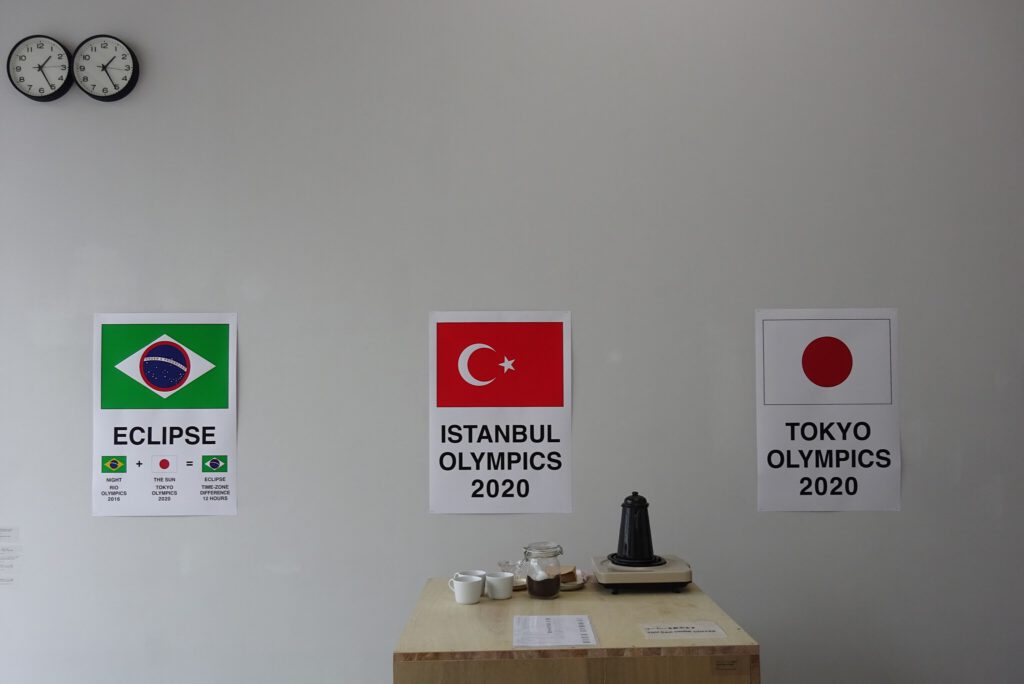

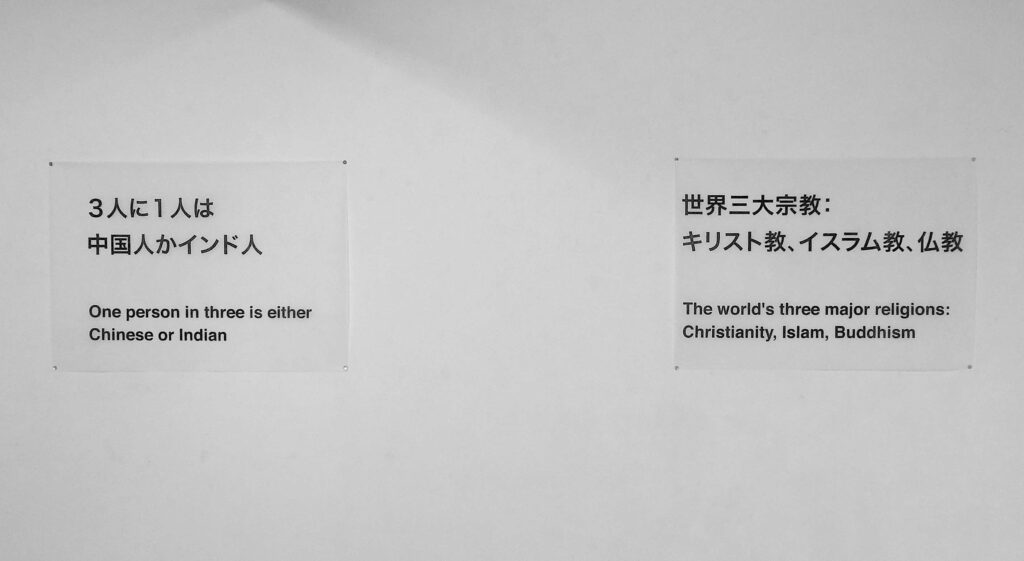

At the same time, he does not shy away from instrumentalising the methodology of the “dirty comedian”. Because, in addition to the intellectual impetus, the exhibition visitor wants to be entertained, too. In other words, we need to be able to laugh at ourselves. Hashimoto masters this dialectical game of vilification and recognition perfectly.
Artists are allowed to cross (moral) boundaries, the supposed victim allows this temporary, brief violation of boundaries and experiences a certain, pleasant catharsis as a result.
Nessun maggior dolore che ricordarsi del tempo felice nella miseria.
No greater sorrow than to remember the happy time in misery.
Therefore we ❤️ HASHIMOTO Satoshi.

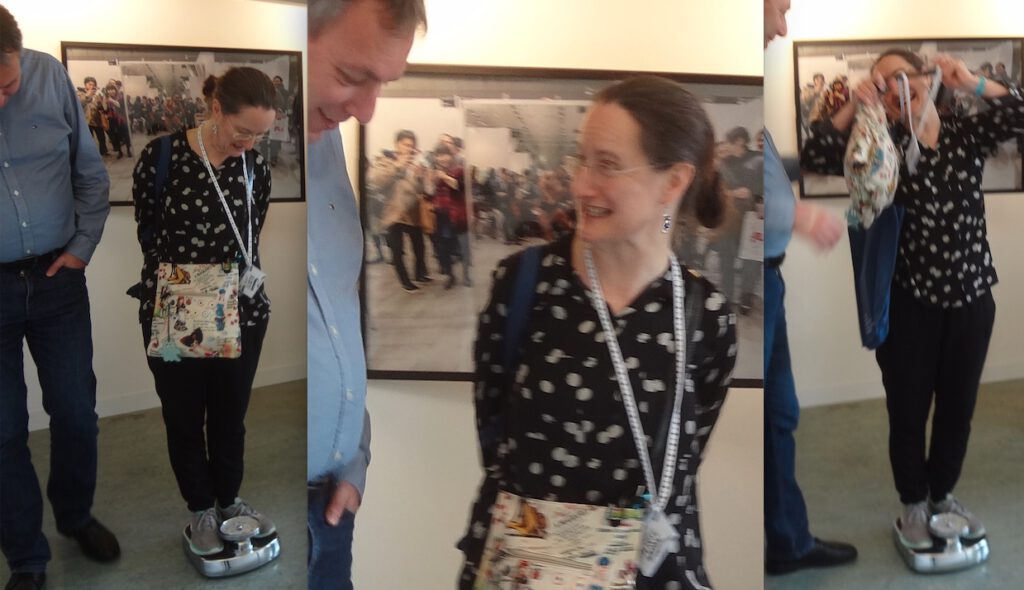

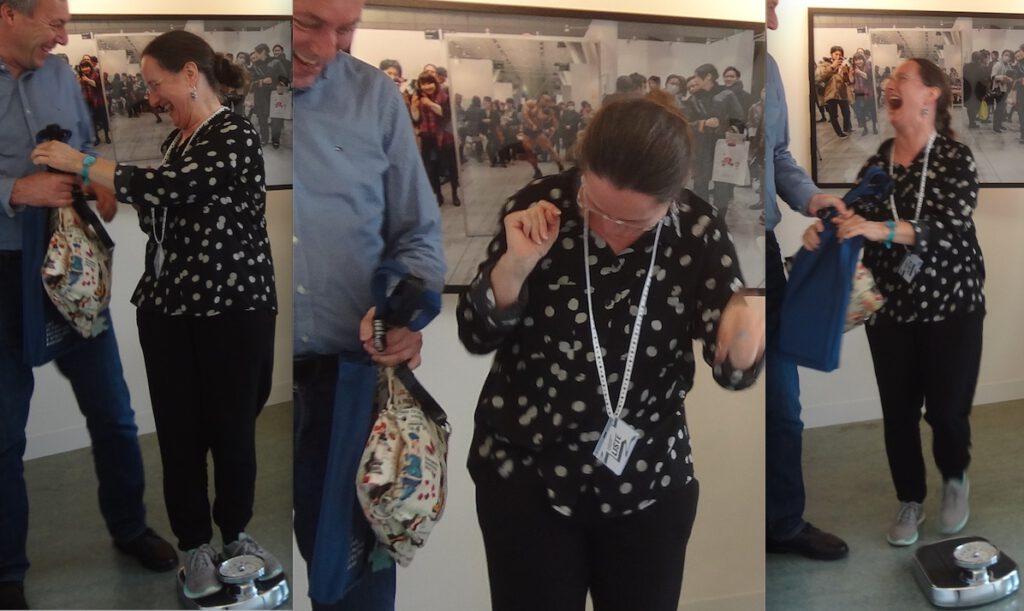
Hashimoto’s constant search for the true meaning of his artistic practice involves scientia spiritualis, as it recognises sources of knowledge beyond those accepted by modern epistemology, such as divine revelations and intellectual intuition. I, as a human being, cannot be detached from my circumstance, social environment, ergo the actual world (politics). Yet, Hashimoto’s philosophy implies a critical duty to lay siege to beliefs in order to promote new (utopian) ideas and to explain, challenge the common reality. To accomplish such tasks, the artist should leave behind prejudices and previously existing beliefs, and investigate the essential reality of the universe.
I remember well my friend Wim Wenders’ existential question in 1982: “Is cinema a language about to get lost, an art form about to die?”. In the small hotel ‘Room 666’ at the Cannes Film Festival his colleagues, Godard, Fassbinder, Spielberg, Antonioni, Herzog, and more, tried in vain to give an answer. However, I have to admit that I envy these filmmakers, as they can use “misleading” music to easily facilitate an emotional feeling.
Link_https://www.youtube.com/watch?v=hn37QfXw1-E
APOCALYPSE NOW Clip – Ride of the Valkyries (1979) Francis Ford Coppola
Link_https://www.youtube.com/watch?v=gztBFzKbnwM
The Ultimate Revenge | Final Duel | Once Upon a Time in the West |
Myself tried to give several answers in multiple ways, manifestos, articles or by creating a work called “心 when art is over” (心 means “heart”, “emotional state”), contextualised via connotation.
Hashimoto metaphorically points out to the human species to take care of the Earth, recognise that we are, simply said, part of the plant and animal world thus leaving future generations with a biosphere that is as rich and diverse as the one we inherited.
Hashimoto: How should we distribute the associated costs between poor and rich nations, between producers and consumers, and between institutions and individuals?
In this dilemma of dealing with timely and continental divergent developed Modernisms in each country of the world, the contemporary European with the attitude citoyenne, social-market-capitalism provoked by European Industrial Revolution with which Japan is a dominant part of, tries to give answer. Less the U.S. with its mostly unintellectual citizens, who not only symbolise the tyranny of the majority but the collective mediocrity of the masses; with its doctrine ‘extra ecclesiam nulla salus’. We need an ethically plausible alternative narrative in co-existentialism, before we ever give up on the egalitarian one, a narrative that is more “honest” about human dominance, and also gives guidance on our moral responsibilities towards other species, helping us to avoid a sterile ‘woke vs anti-woke’ polarisation.
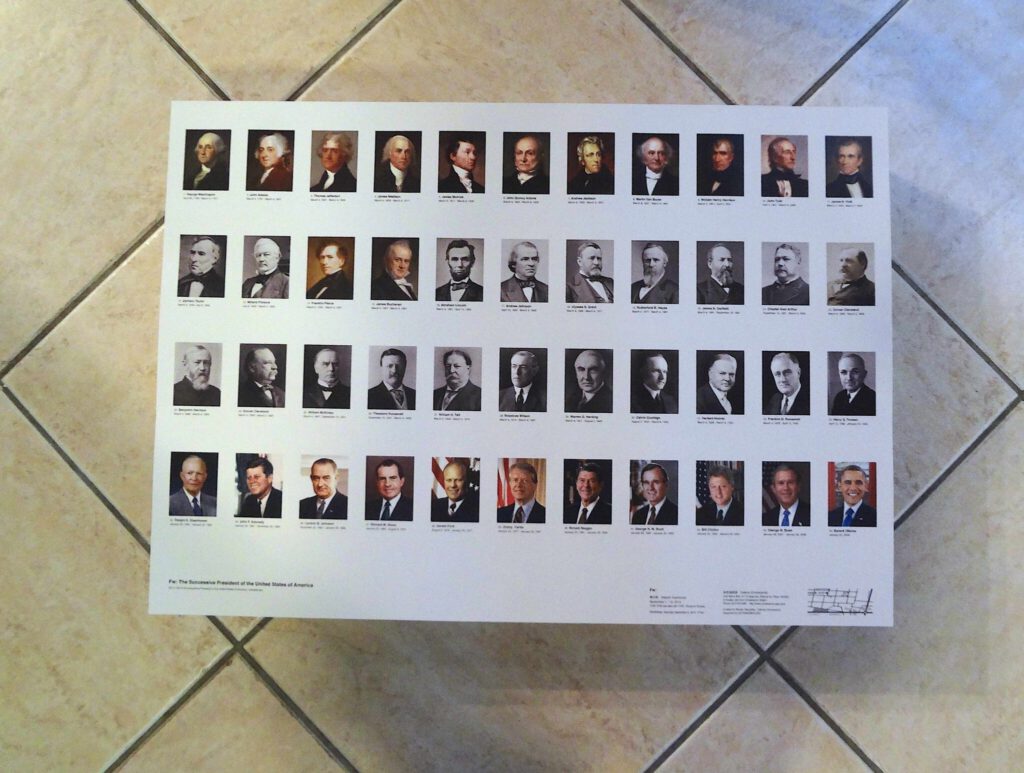

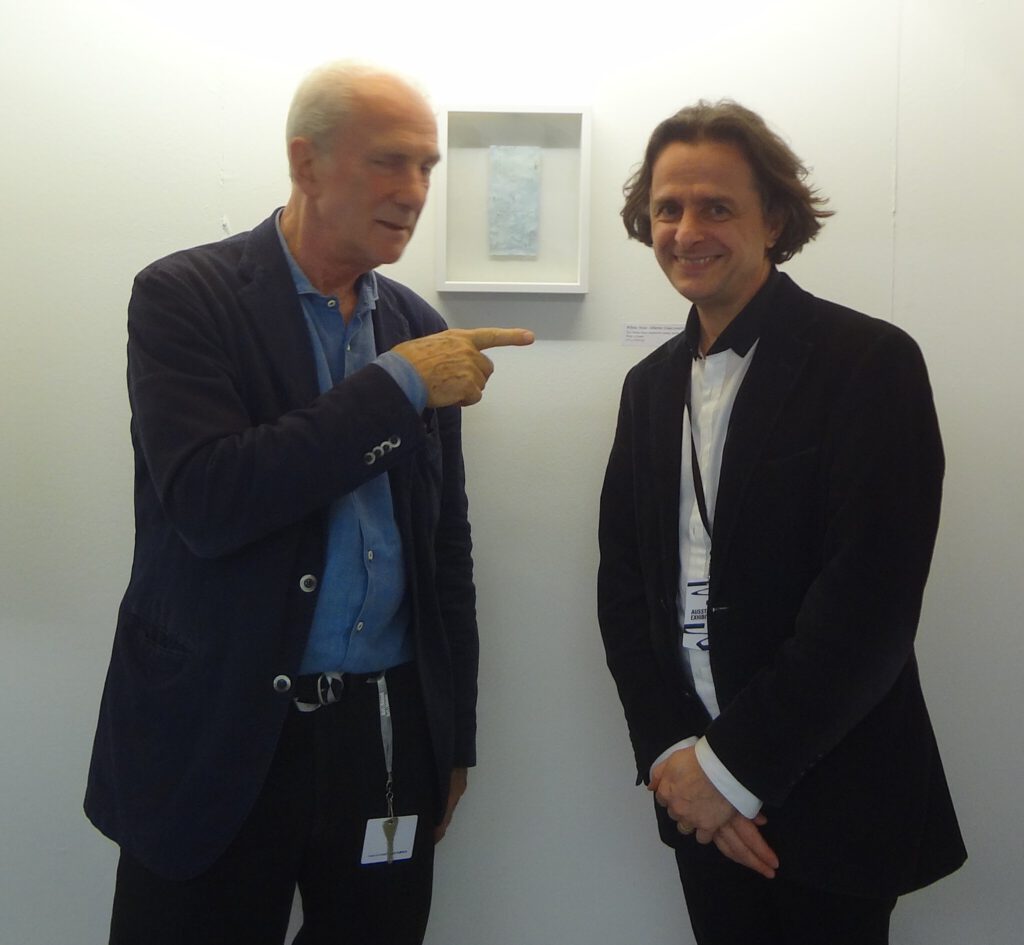


Besides the tension between the “Global South” and “Global North, which the Japanese people are part of”, Hashimoto tries to avoid endogenous, self-referential artistic practice. However, from my point of view, an extremely difficult task, as he acts consciously as an artist who belongs to both, the local and global art industry.
Throughout the years, we actually recognise, the exhibition audience is partly drawn from the gloomy side of Hashimoto’s orbit.
In this juxtaposition between Nihilism and Te Deum, the artist is trying to push the boundaries of possibilities in art practice. Sometimes implying an institutional critique, concomitantly without loosing the balance in (social) obstruction versus beautiful aesthetics.
Because attractive, cool guy SATOSHI plays the DJ IN DA ARTY HOUSE.
Stop breathing. You can cut yourself. Don’t obstruct my instructions. Cogito, ergo sum. Extra ecclesiam nullus omnino salvatur, as representation to reality, the appearance to the essence becomes obsolete. Certainly for the present age, which prefers the sign to the thing signifiers, the copy to the original, representation to reality, simulacra appears to be what matters. Interestingly, illusion is held to be enhanced in proportion as truth decreases and illusion increase, so that the highest degree of illusion comes to be the highest degree of profane artistic enlightenment.
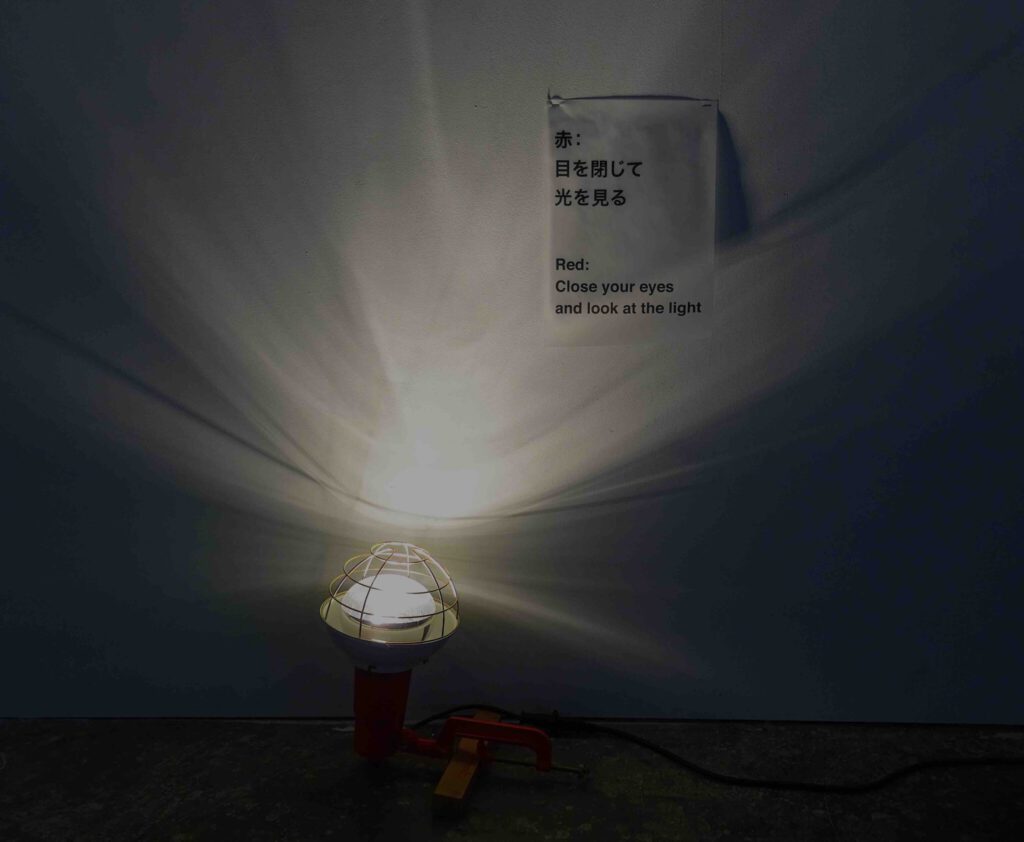
Whereby I certainly consider Kant’s epistemology through the masterpiece “Traffic Signal”, Hashimoto’s artistic simulacra from 2006, as a debate discourse to be an inescapable method of confrontation in the broader concept of art, namely Beuys’ “Erweiterter Kunstbegriff”.
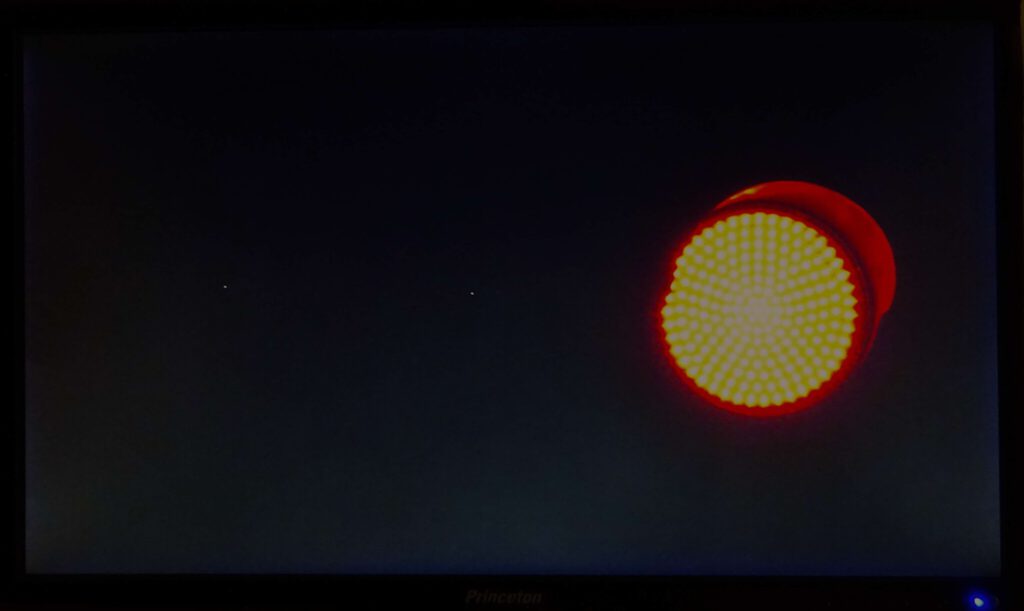
Hashimoto has often translated his instructions into asphyxiating levels of intervention, regulation, thereby severely punishing the exhibition visitor in any “ease of contemplating art” ranking.

He likes to see a little blood bleeding, (only a bit), like the bleeding ear of miraculously survived Donald J. Trump.

Experience deleterious revolt against everything authoritarian, suggesting a subtle Code Noir as a Japanese.

One of his major inconsequences that pervades several of his actions is that there is a dark side to human nature which is more pervasive than he may realise, and has the power to “do us in” at each instructive experience.
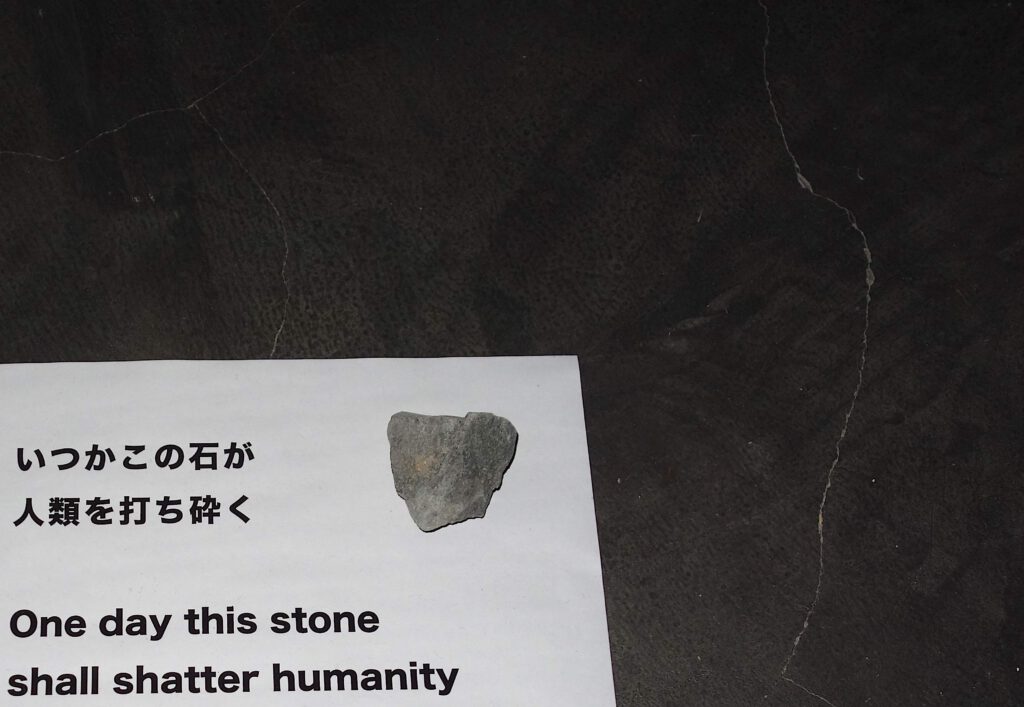
In Hashimoto’s oxymoronic actions lies the “kafkaesque charm” of the inconceivability in his instruction to ultimately make a definitive cognitive statement about a performative artwork.
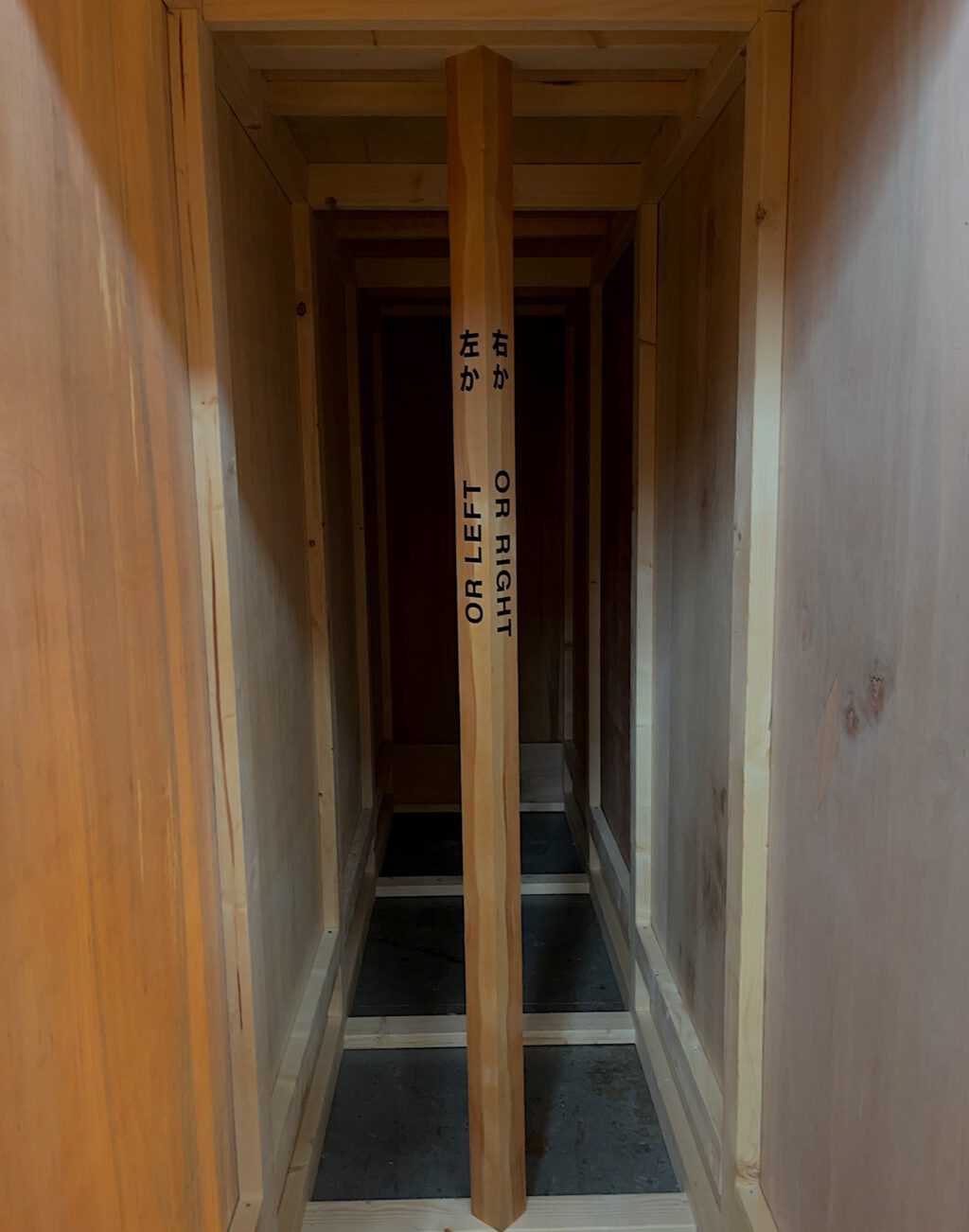
This hidden parallax aspect, which initially cannot be perceived by the viewer due to the psychotic impossibility of virtuality, symbolises for Hashimoto a philosophical depth of meaning that aims to illuminate life and convey it to people.
Twisting in his sobriety, aka incarnation of DA VINCI, Hashimoto proclaims that you and me can’t be detached from our circumstances. In other words, the “social contract”, which had been chosen for me by GOD, for example the state called Japan with its GOD-Emperor NARUHITO, has to be taken into consideration. The state per se could be oppressive and should be understood as a continual dialectical interaction between me and progressionem amet. Simultaneously, the experienced, not-so-stupid-viewer might recognise Hashimoto’s cynical approach towards politicians.

As life is boring, the consequences of personal revolt, the evolutionary process through age and Genderism, develop into an Opera Buffa, symbolising the social necessity and conformity versus personal, fetish freedom. In contemporary Japan, may I hereby proclaim, third of the population belongs to the “OTAKU Personality”, and over 10% of people aged 16-29 have been groped, most often on trains (Japan gov’t survey July 6th 2024). Half of the population is mainly educated / brainwashed by MANGA, ANIME and Video Games.
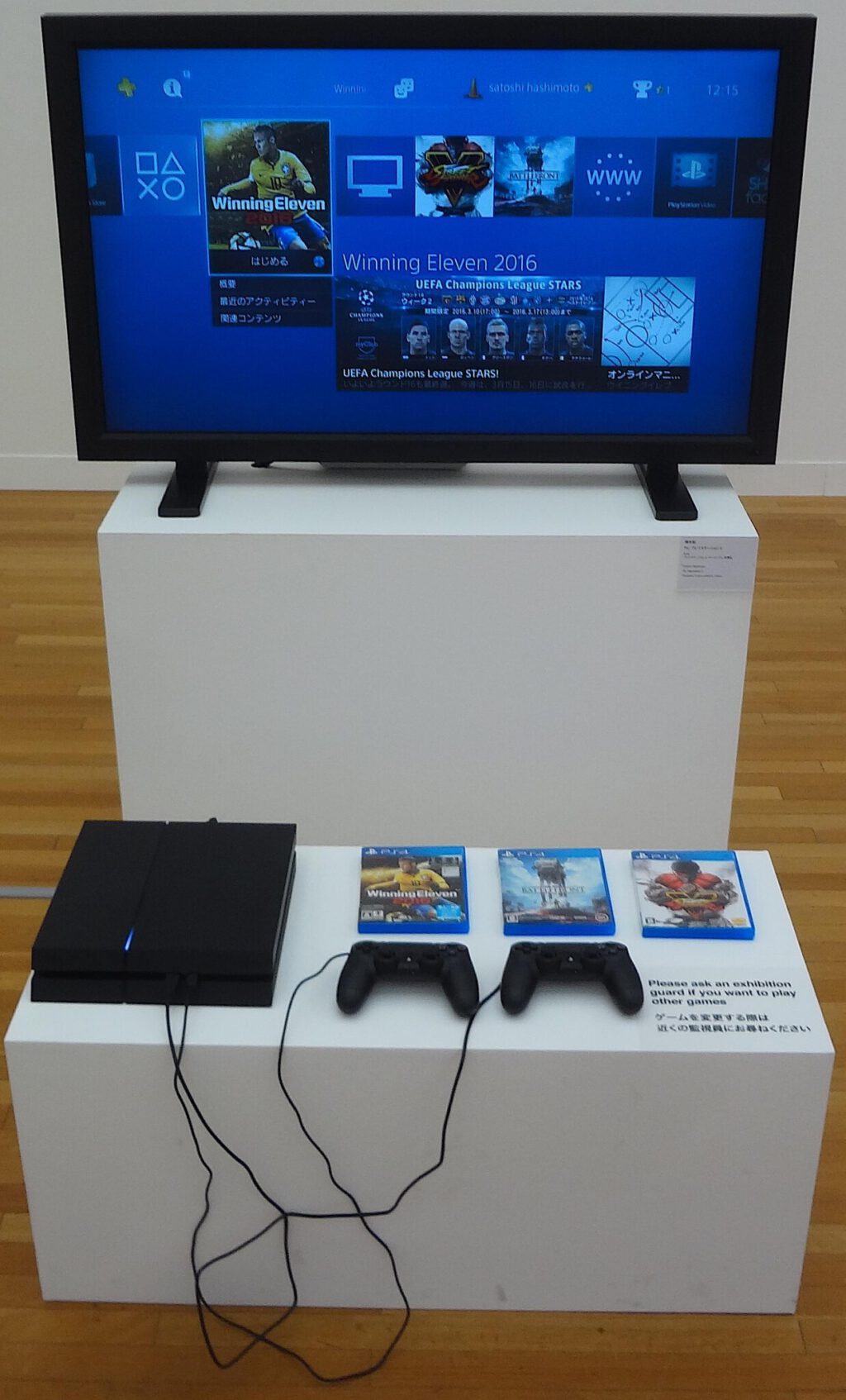

ゴルゴ13×外務省 海外安全対策マニュアル(第6話)
Throughout the years, I can assure you, the infantility of Japanese society has been encouraged/enforced by the (LDP controlled) Japanese government.
A representative case study is the right-wing extremist former Prime Minister and finance minister ASO Taro, who admires the popular MANGA series ‘GOLGO 13’, featuring a professional contract killer. The quasi-assassination of Trump had also been already published in ‘GOLGO 13’, which actually is triggering the highest admiration for this MANGA-artist in Japan.
As you can see in the above youtube video, the Ministry of Foreign Affairs is using this professional contract killer to explain actual Japanese politics. The voices/dialogues can be analysed as extremely discriminating and reflect contemporary Japan’s male and hierarchy-dominated society.
One appealing notion in Hashimoto’s art practice lies in his self-imposed constraint by consciously not executing an instruction implying the Japanese Tenno. The Japanese Emperor, his Majesty, is by virtue of his position the head of the Imperial House, recognised as the head of the Shinto religion, which holds him to be the direct descendant of the Sun Goddess Amaterasu. As Hashimoto was until now referring in his works only to Buddhism, Christianity and the Islam, the humorous side of our perception becomes deviant and quick-witted. Himself, as a Japanese, trying to break free from partisanship into universal values. Whereby I, as his colleague, take the opposite approach. The deeper you delve into so-called Japaneseness, Japanese catachresis and provincialism, the more complex aspects / facets / layers of humanity emerge.
July 2024. Culture war through America’s darling rifle, the AR-15–style rifle. Every serious artist reads, experiences, researches for artists of the same caliber. In Hashimoto’s case we recognise his sympathy for the art devil of the 70’s, towards the American artist Robert Morris, spiritus loci of Minimalism, which was a critical form of Western Modernism that had been build since analytic Cubism (also a Western thing).

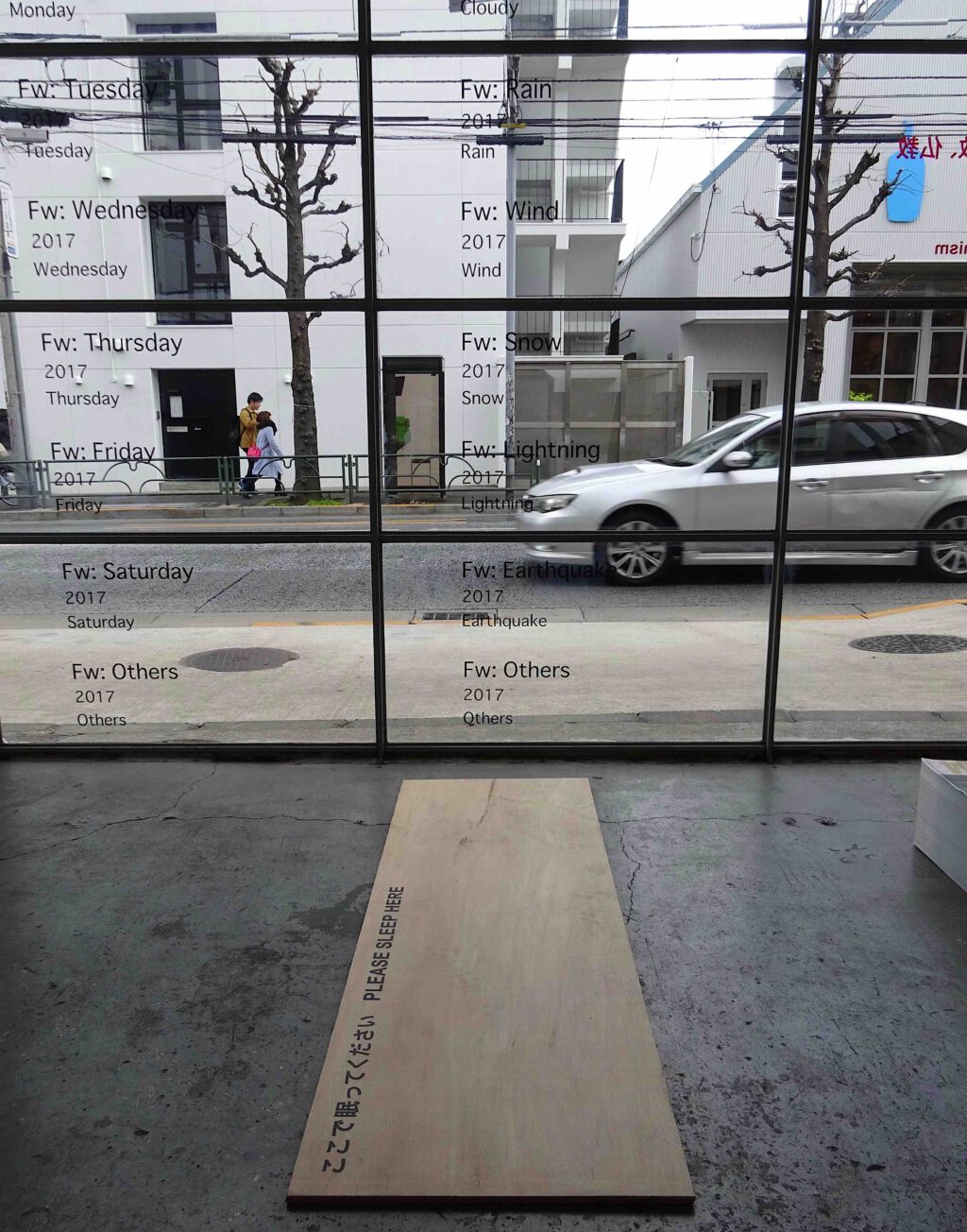
Compare with:
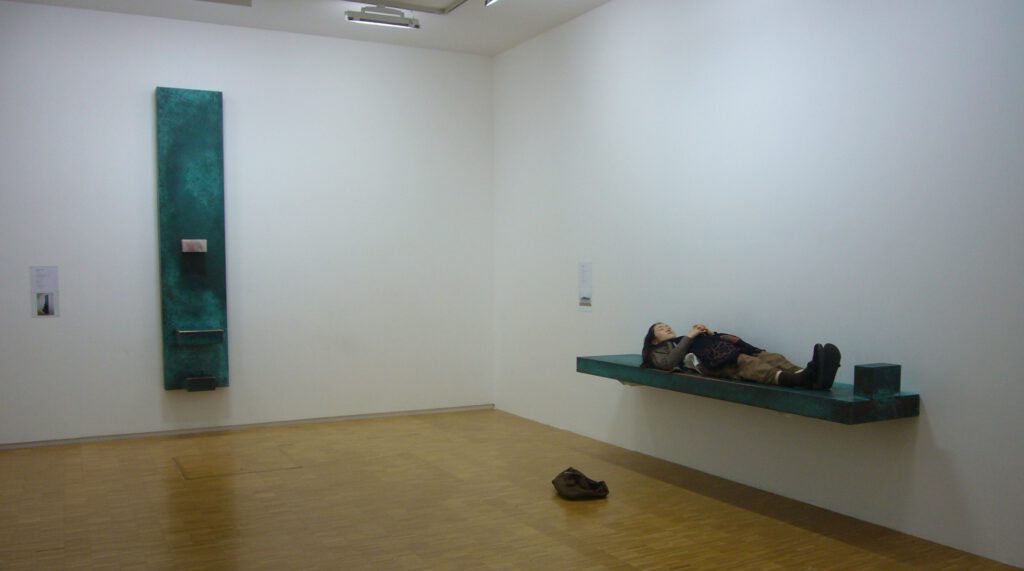
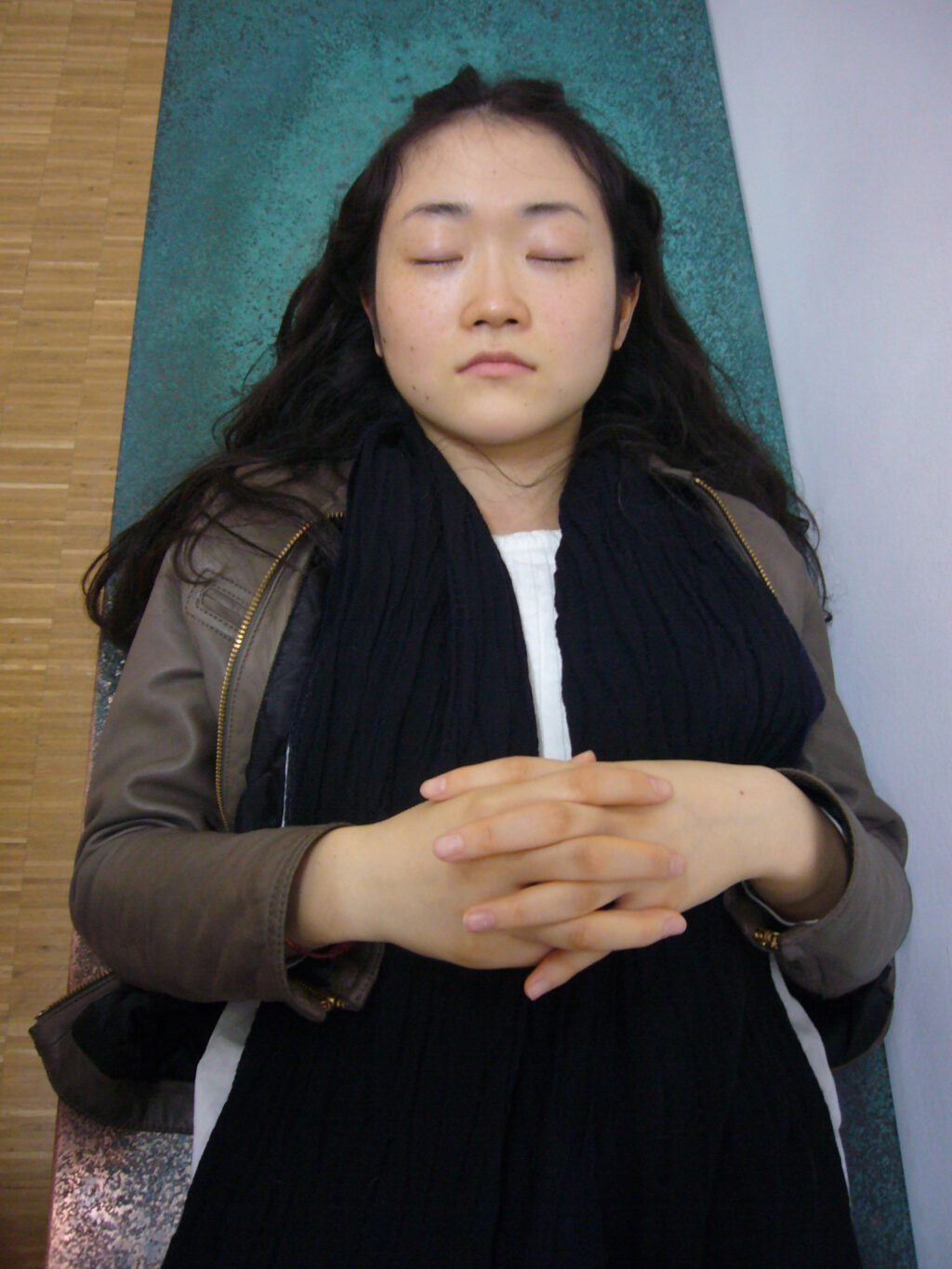
Digging into superficially reductive works, embracing strategic moves that restricts the parameters of the creative process. Consciously withdrawing expression in favour of systems to automate and animate art making. Robert Morris called this ‘Agency Reduction’, in which the artist should do less and less. Chance, indeterminacy, rules and other normative procedures substitutes for the artists’ handwork.

Instructions and Minimalism, two dominant pillars in Hashimoto’s art practice. A tightrope walk that is masterfully conceptualised.
With the actual, highly recommending solo exhibition of Hashimoto, influential and intelligently thought through AOYAMA MEGURO has enthusiastically continued to provide support and the proper, far-reaching contemporary art context.
Hashimoto as significant voice and influential artist, continuously shaping Japan’s contemporary art scene. Bravissimo!
17th of July 2024
Mario A
Satoshi Hashimoto “Be Gone”
橋本聡『なくなる』
青山|目黒 AOYAMA | MEGURO
July 13-August 11, 2024 (Closed: Tuesday and Wednesday) 13:00-20:00
2024年7月13日-8月11日 (休:火・水)13:00-20:00
Gallery:
AOYAMA | MEGURO 2-30-6 Kamimeguro, Meguro-ku, Tokyo 153-0051
青山|目黒 〒153-0051 東京都目黒区上目黒2-30-6
English:
http://aoyamameguro.com/en/未分類/disappears/
日本語:
http://aoyamameguro.com/未分類/disappears/


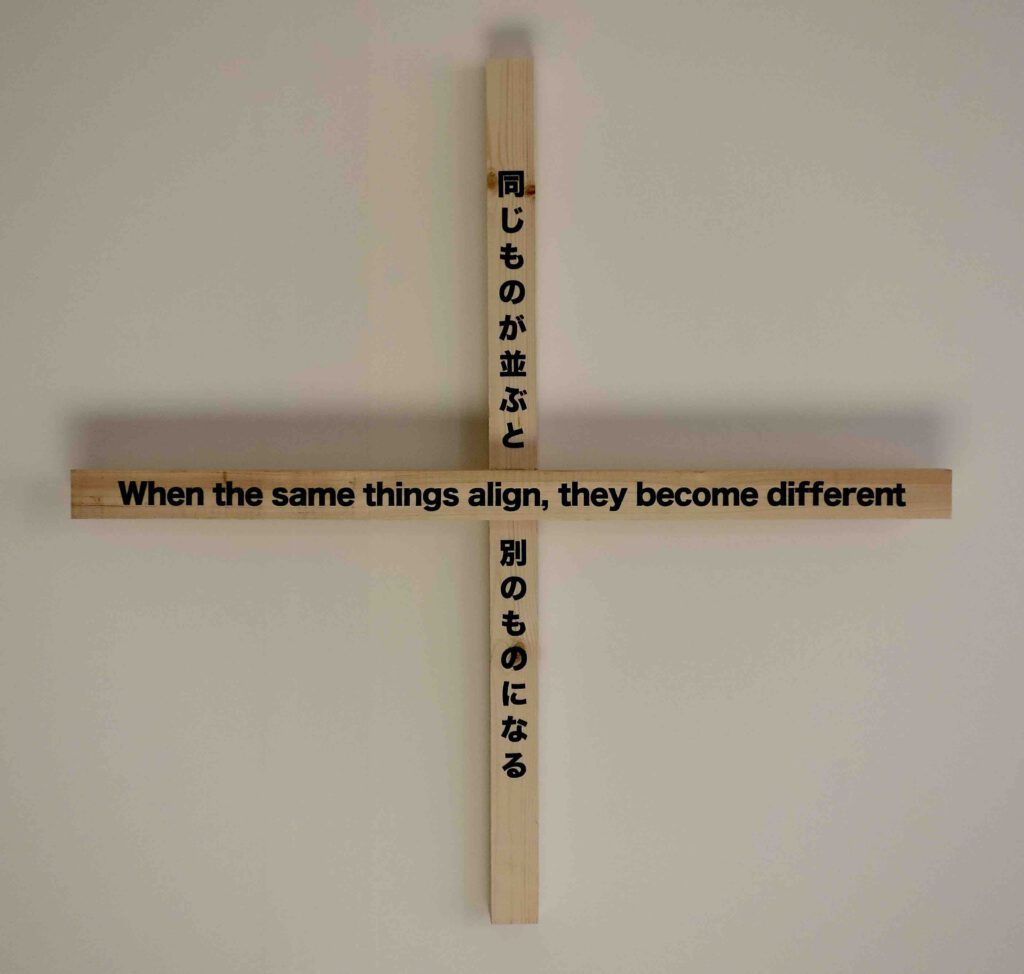

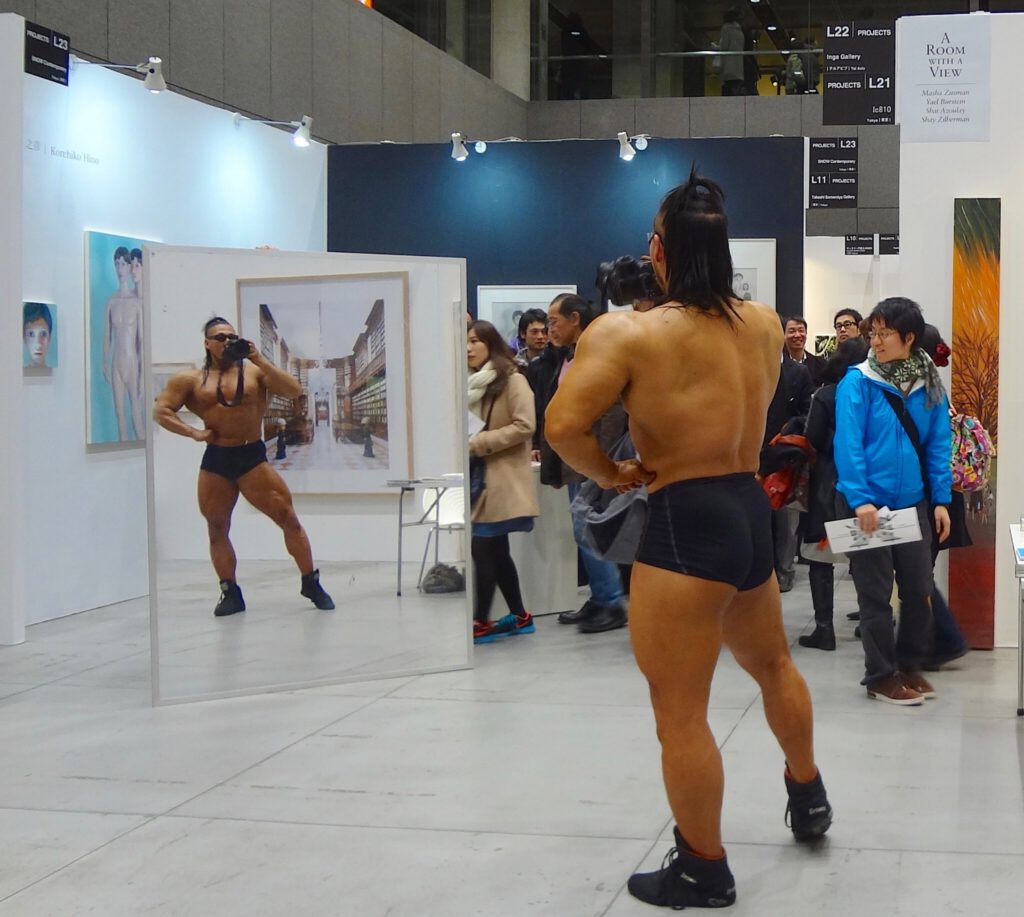




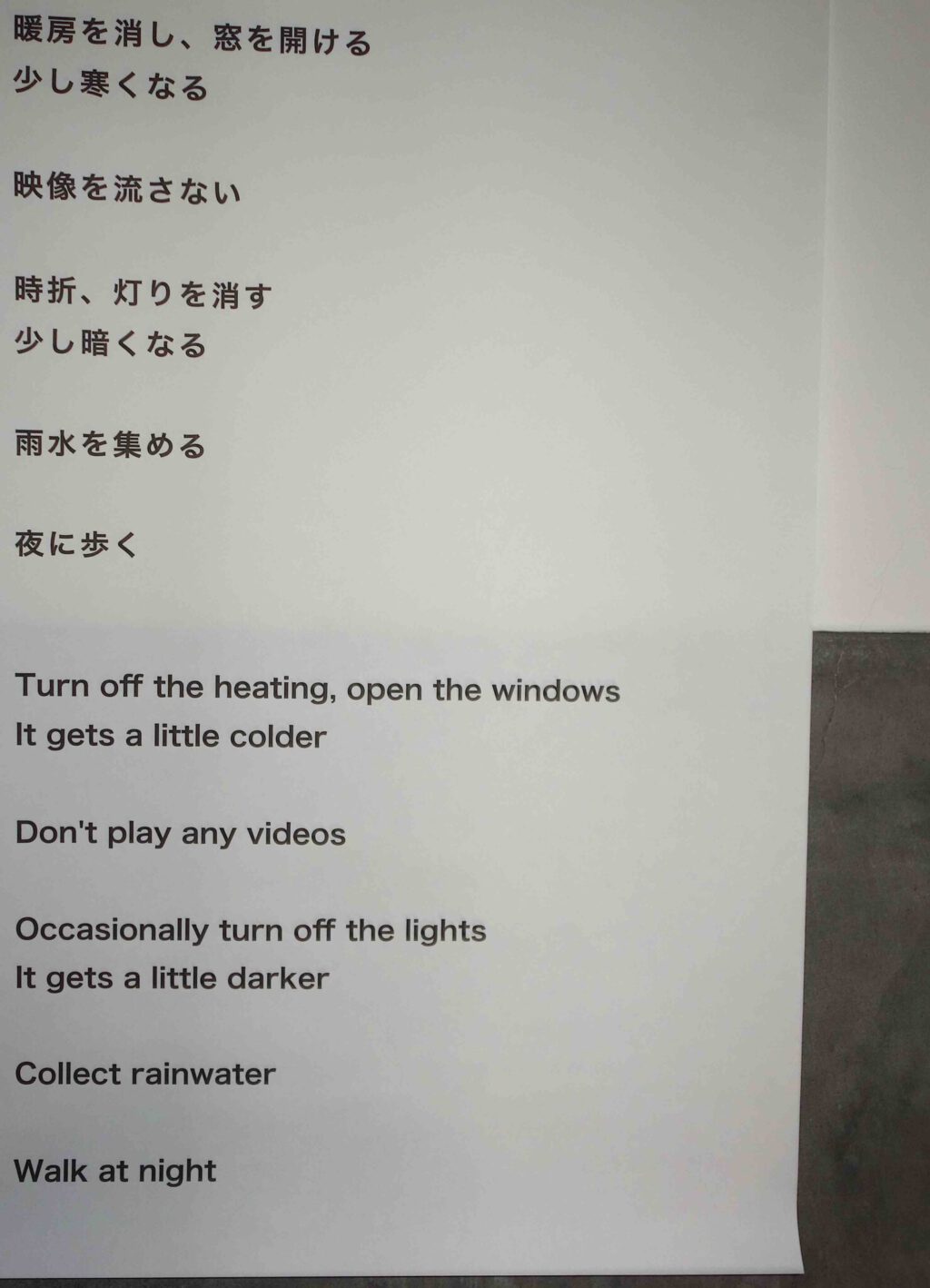
It gets a little colder
Don’t play any videos
Occasionally turn off the lights
It gets a little darker
Collect rainwater
Walk at night”

Earth, sun, heat, humanity
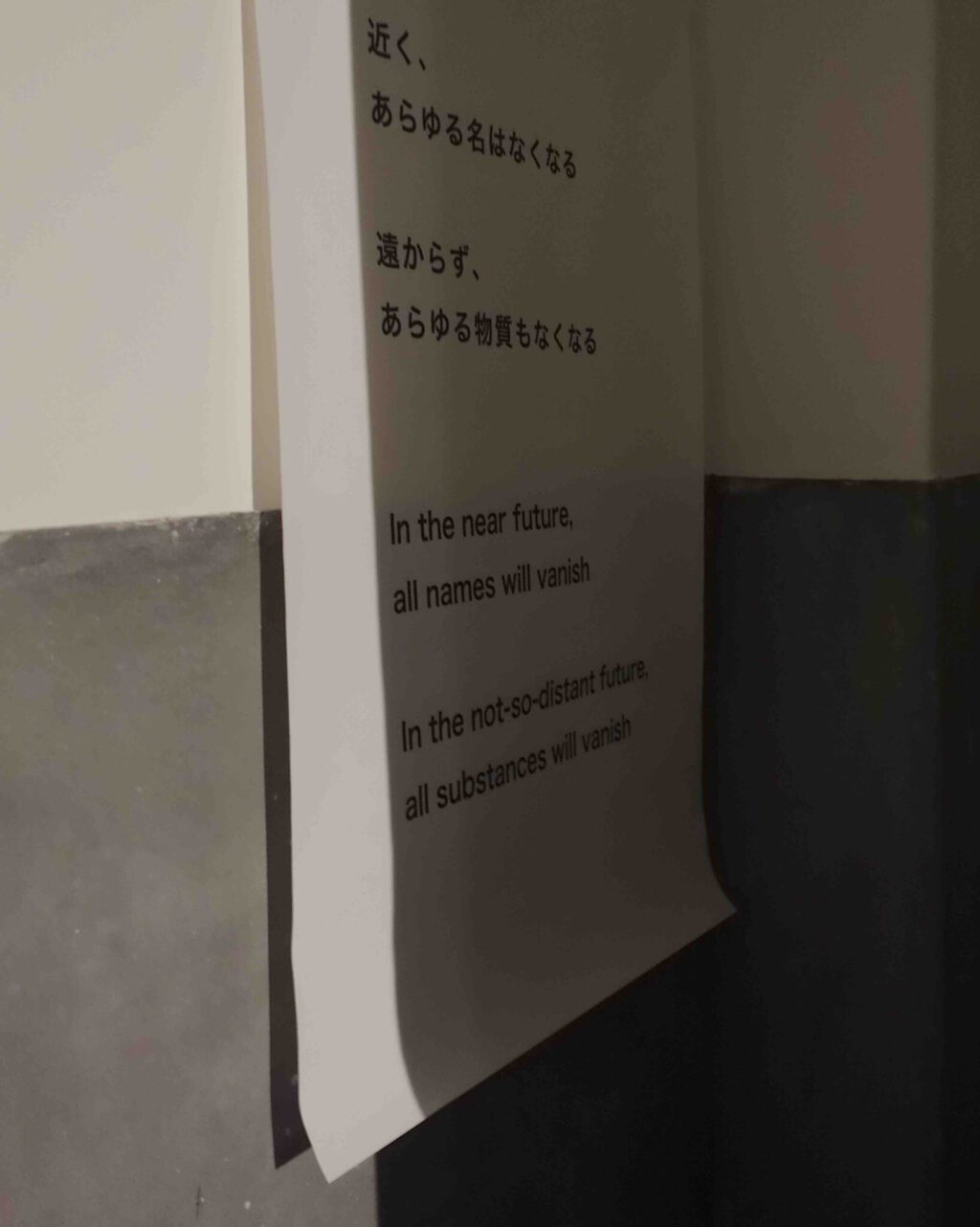

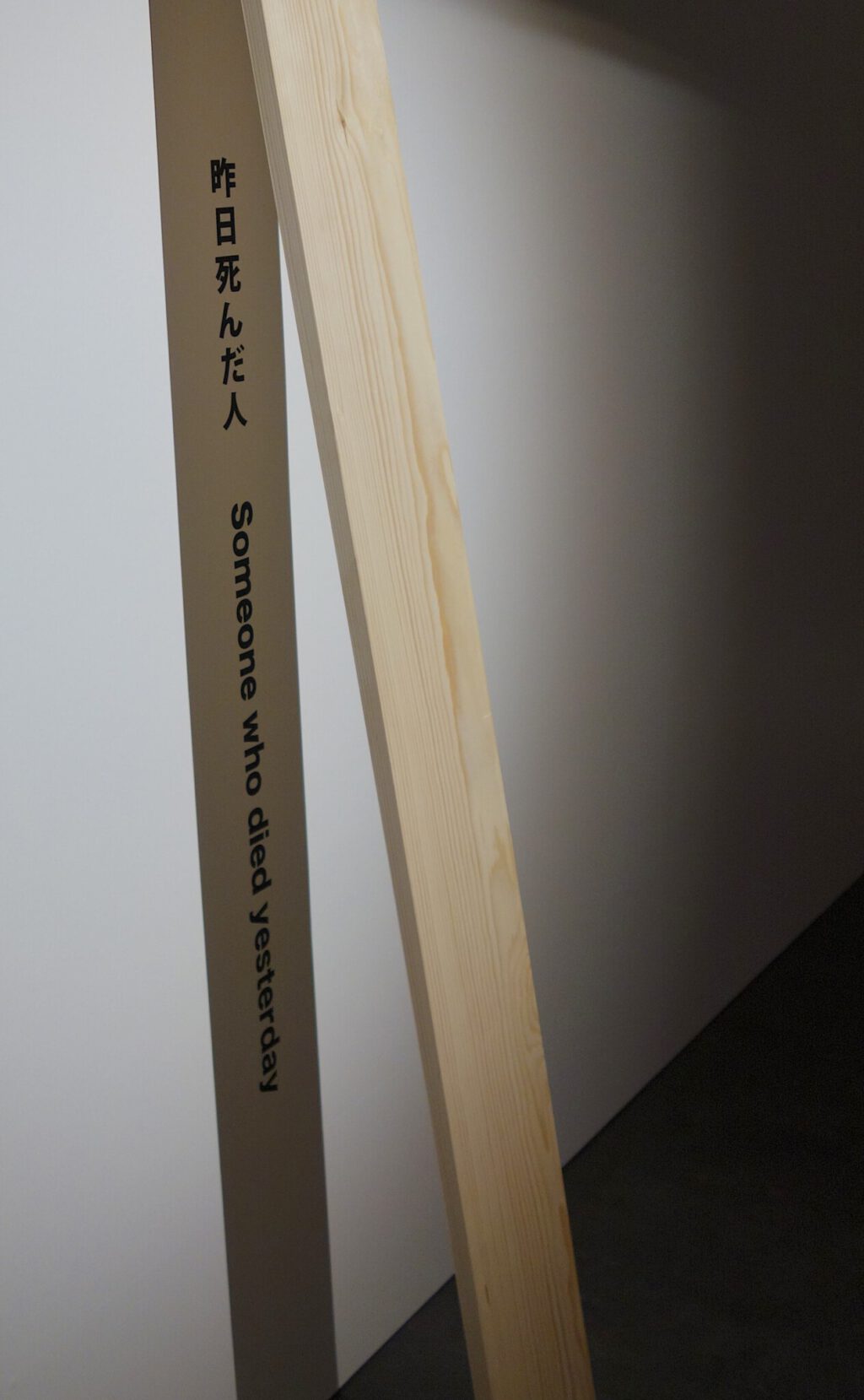


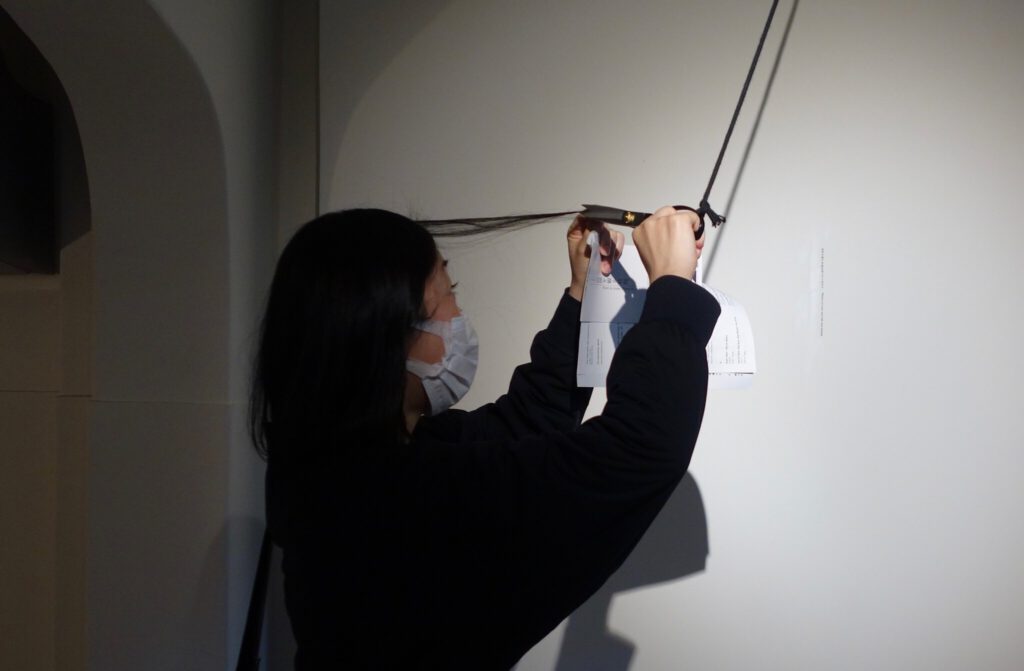
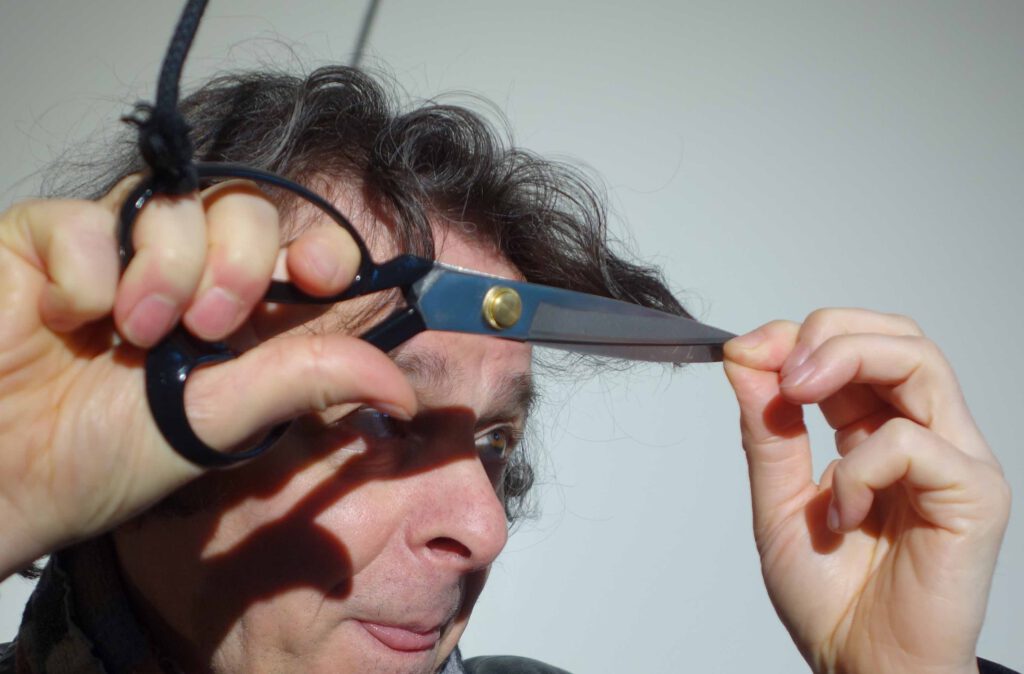

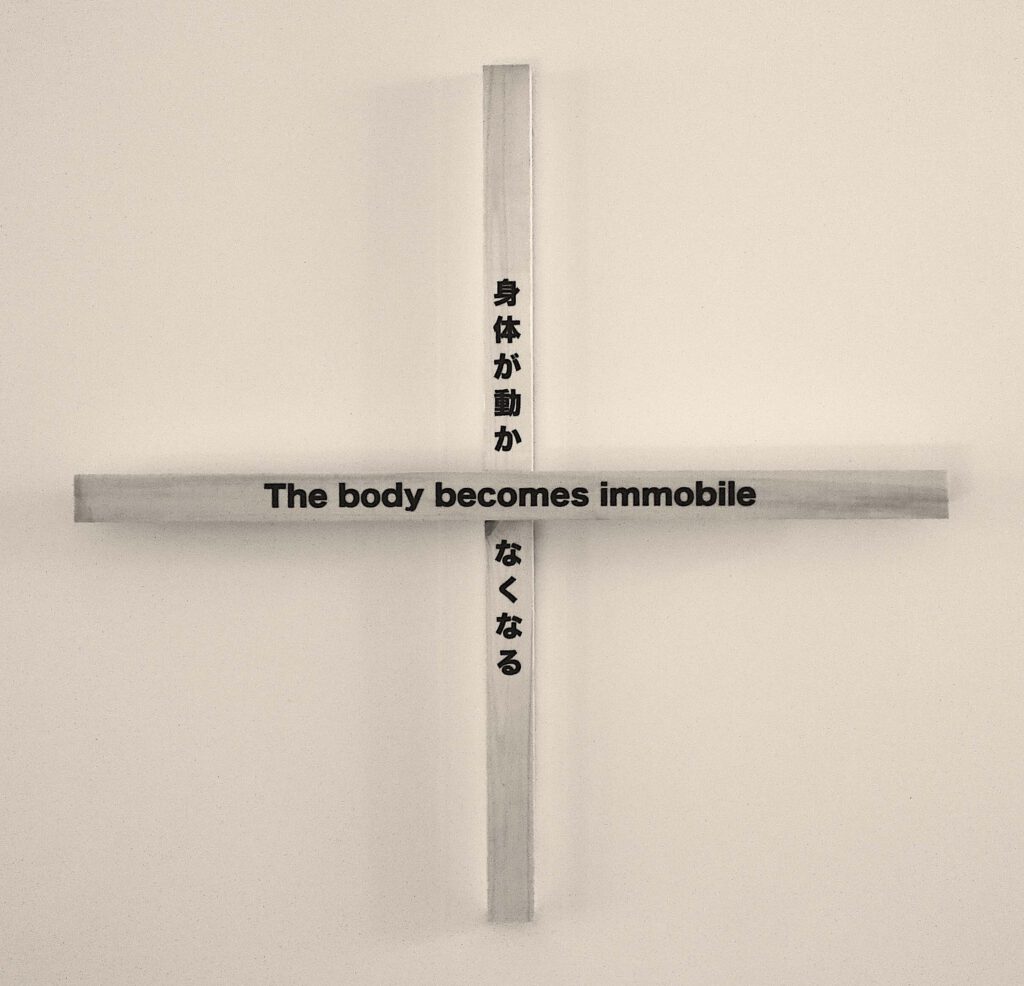
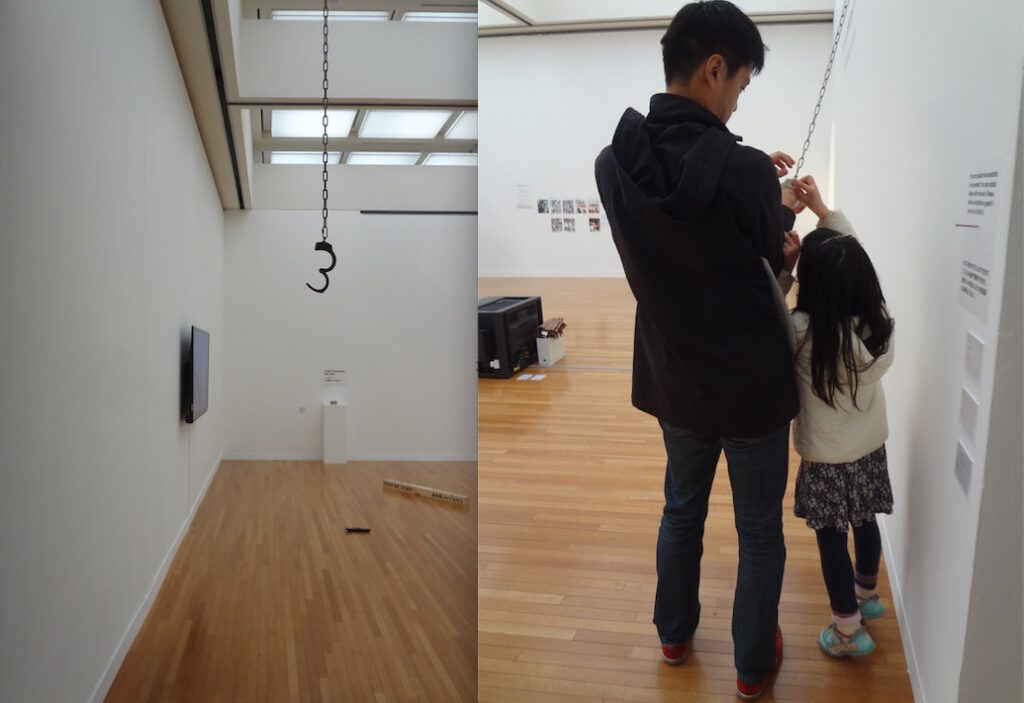
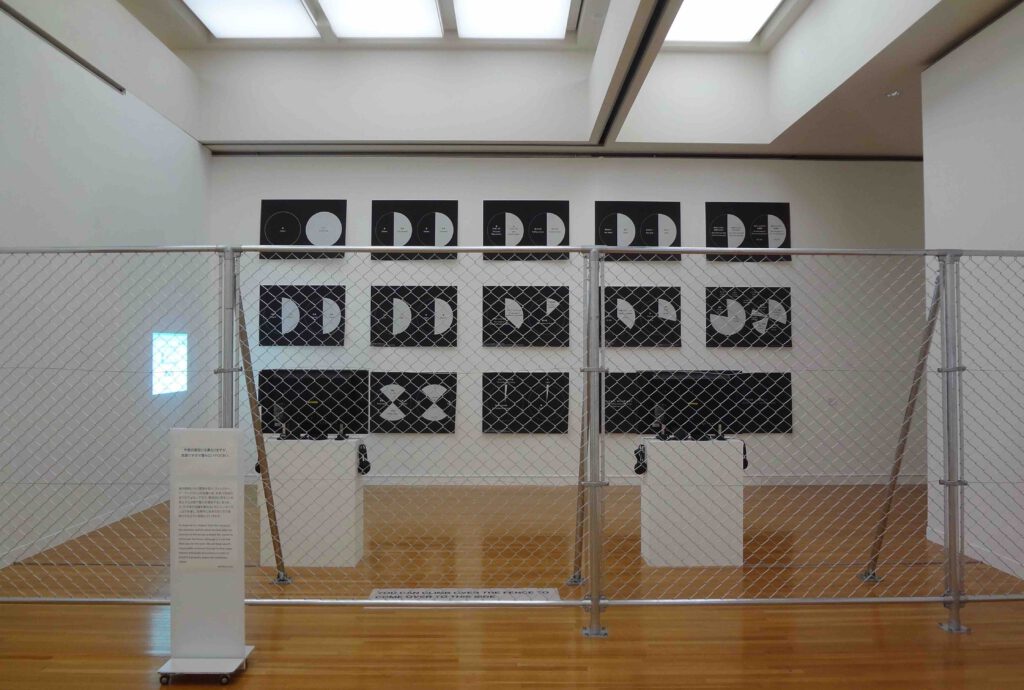


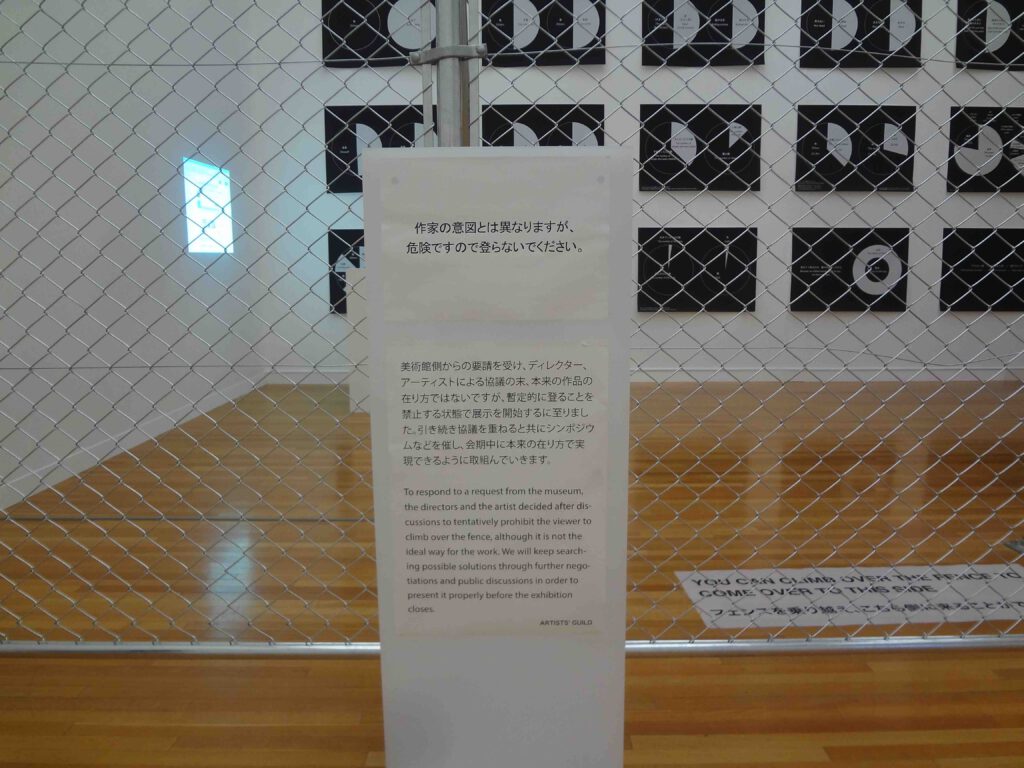



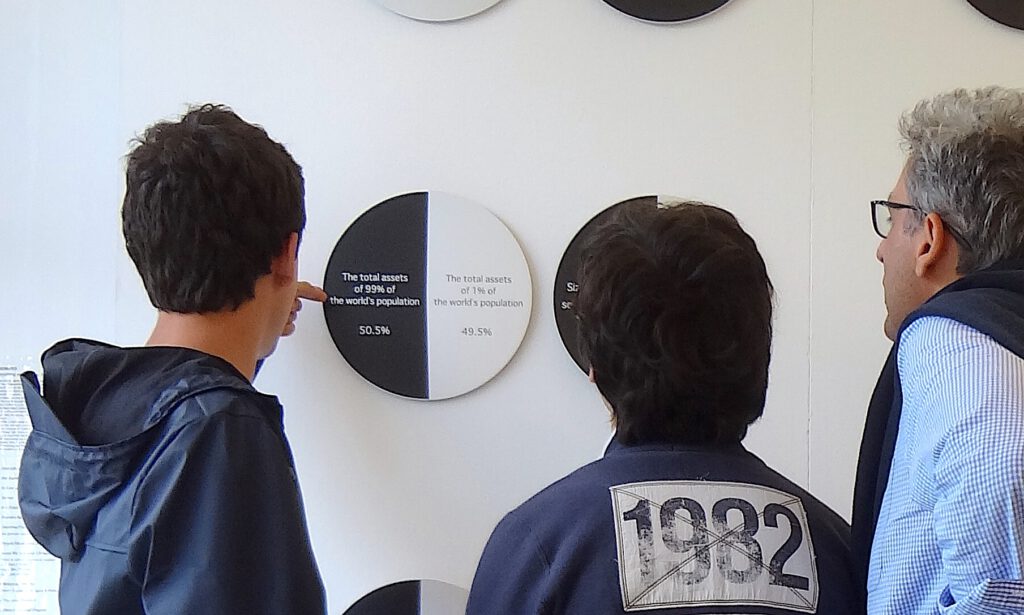
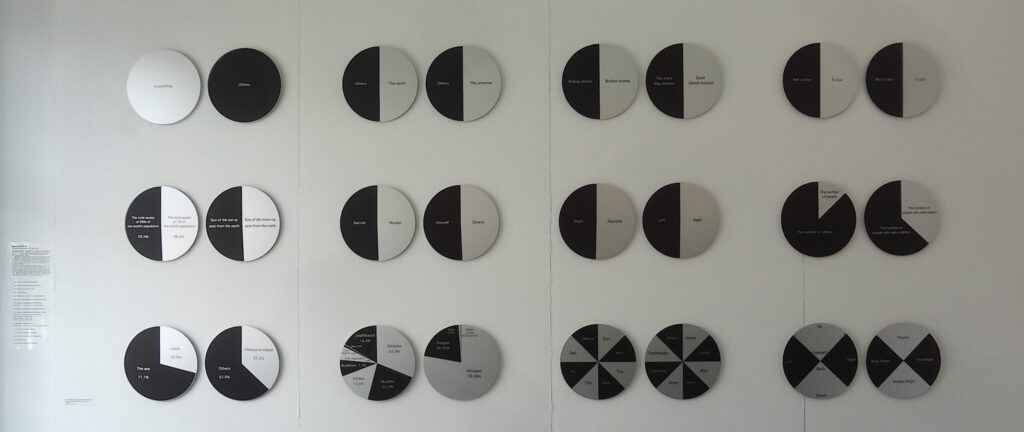
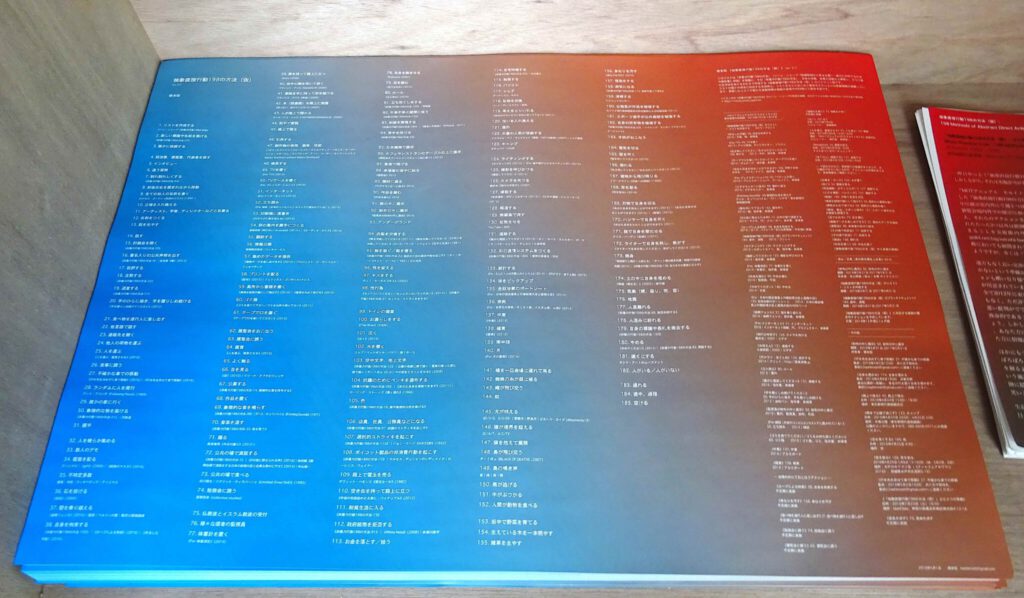
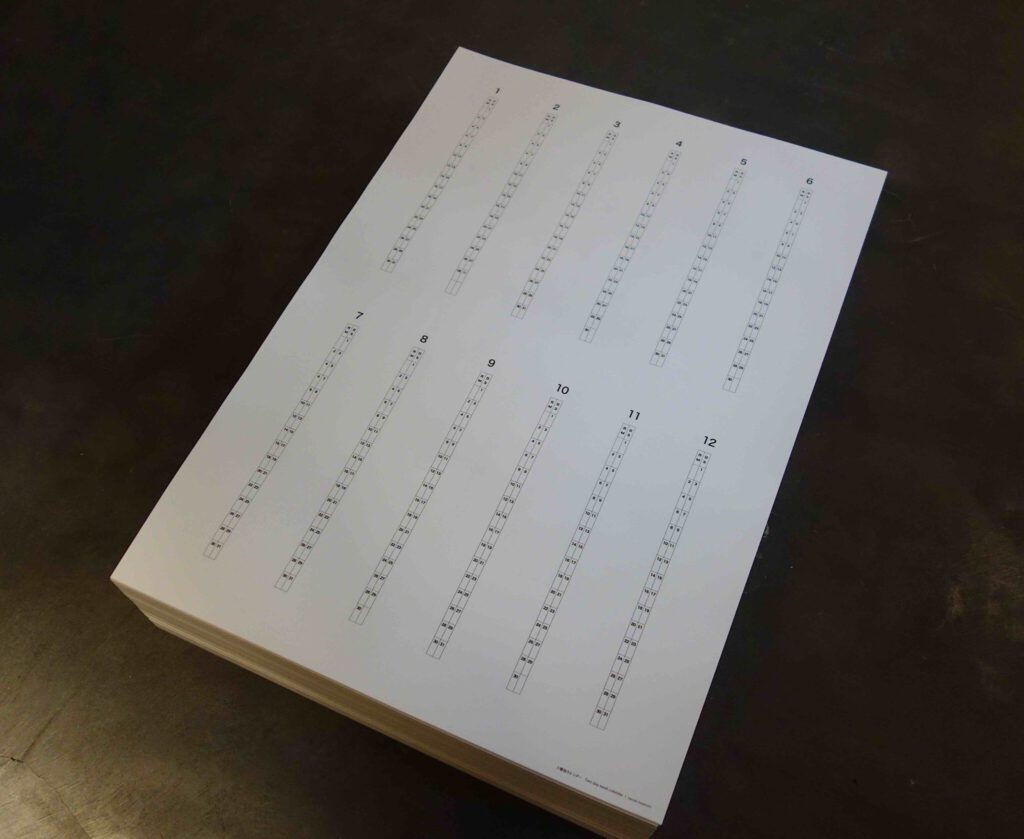
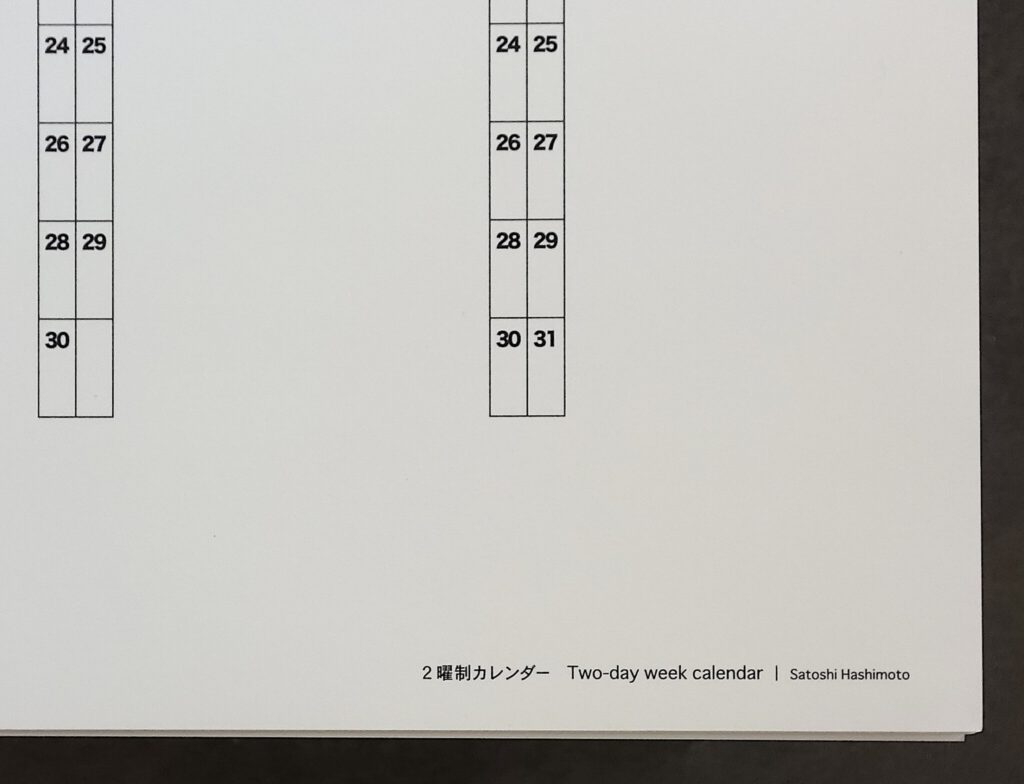
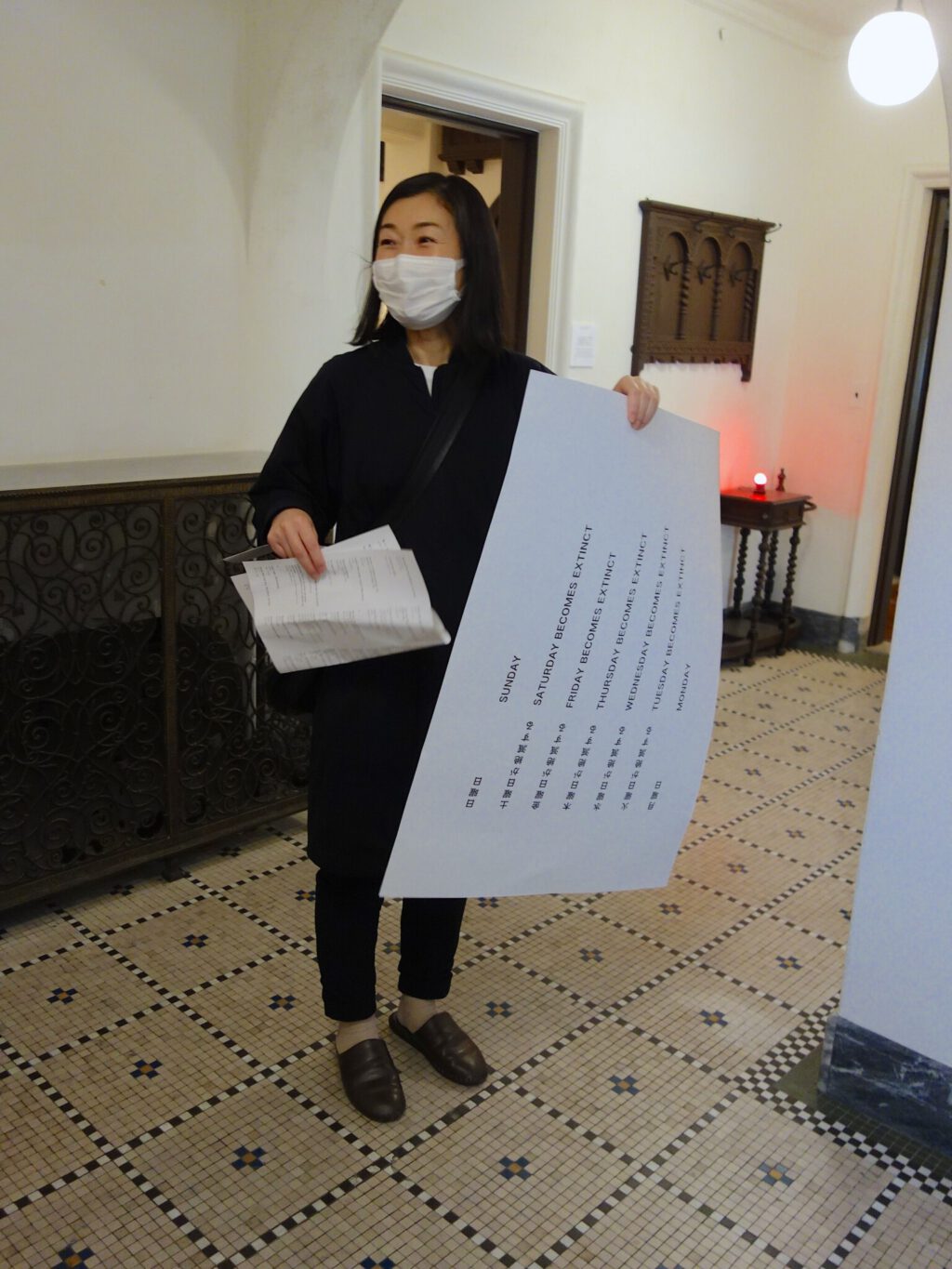


Bonus pics おまけ:

